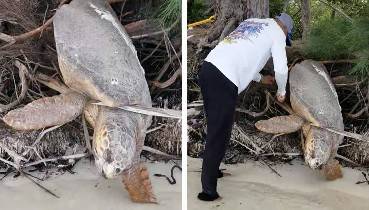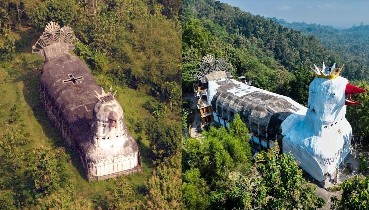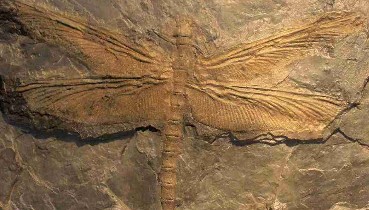
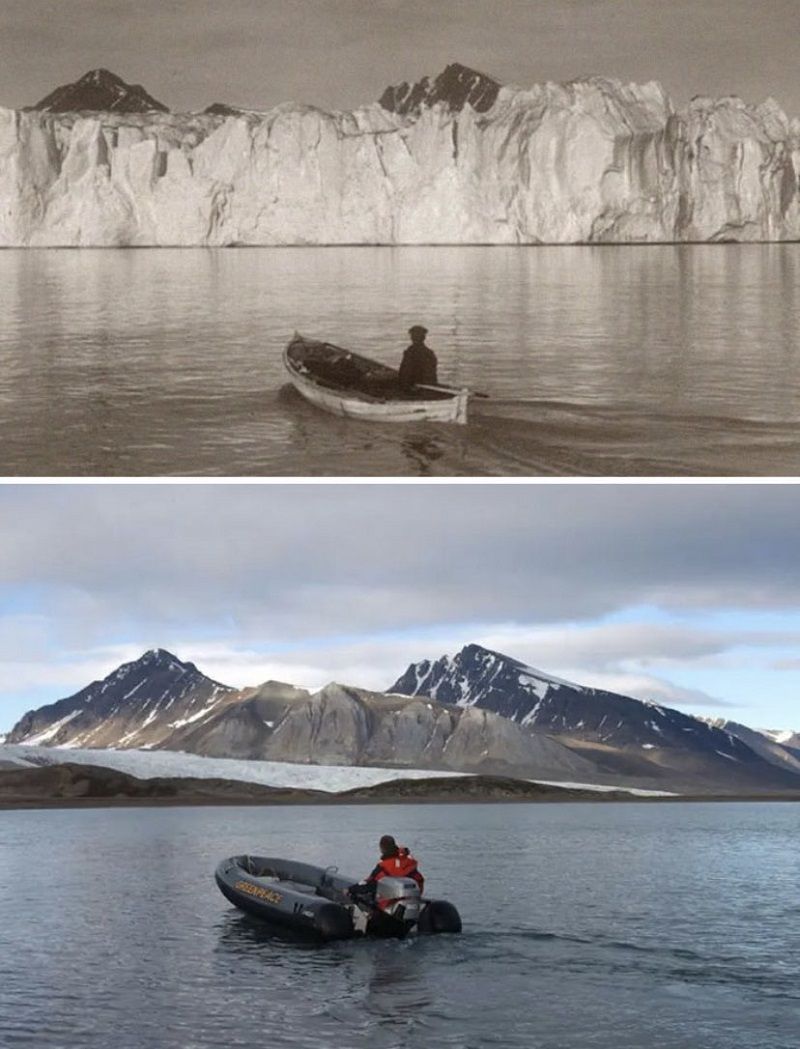
50 Interesting ‘Then And Now’ Photos That Show How Time Affects Everything
History has much to tell us, and photography offers a fascinating way to peek into the past. A single old pic, captured half a century ago, placed side by side with a contemporary one, can show significant differences.
The subreddit r/OldPhotosInRealLife does just that. It uses rephotography to show us old pictures of places, people, and moments from the past, combined with how they look Today. Whether you’re a history lover or a person captivated by the art of visual storytelling, you’ll want to explore our fresh compilation of these pictures from the online community.
01. Usually, It’s The Other Way Around, But This Is So Nice! 1980s Vs. 2022
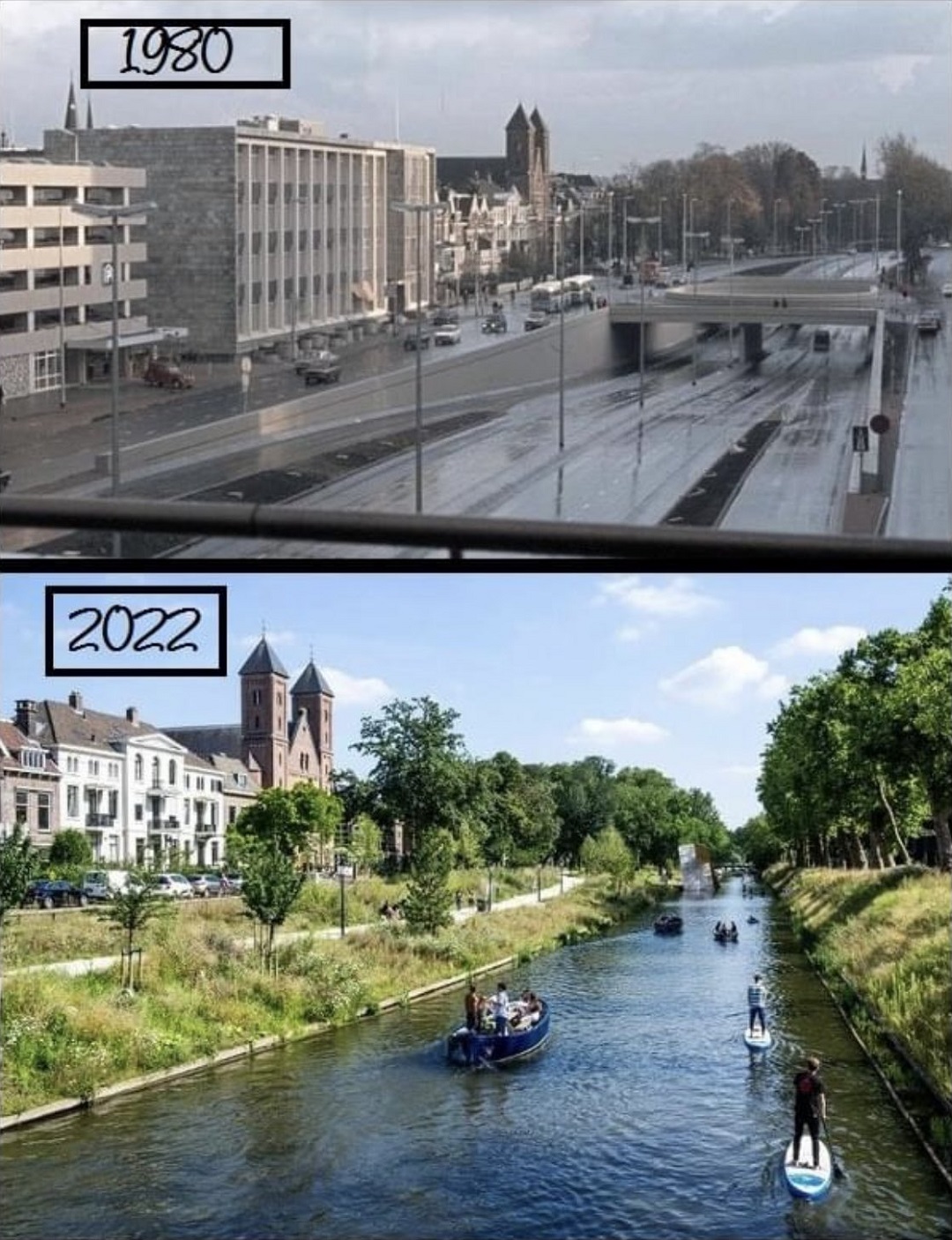
Source
Just like books, photography can take us on a journey through time. It’s a relatively young art form, starting with Joseph Nicéphore Niépce’s earliest photo in 1826 or 1827. If pictures from a hundred years ago reveal this much change, think about what we could uncover with images from the medieval or Stone Age periods.
02. Rio De Janeiro’s Reforestation
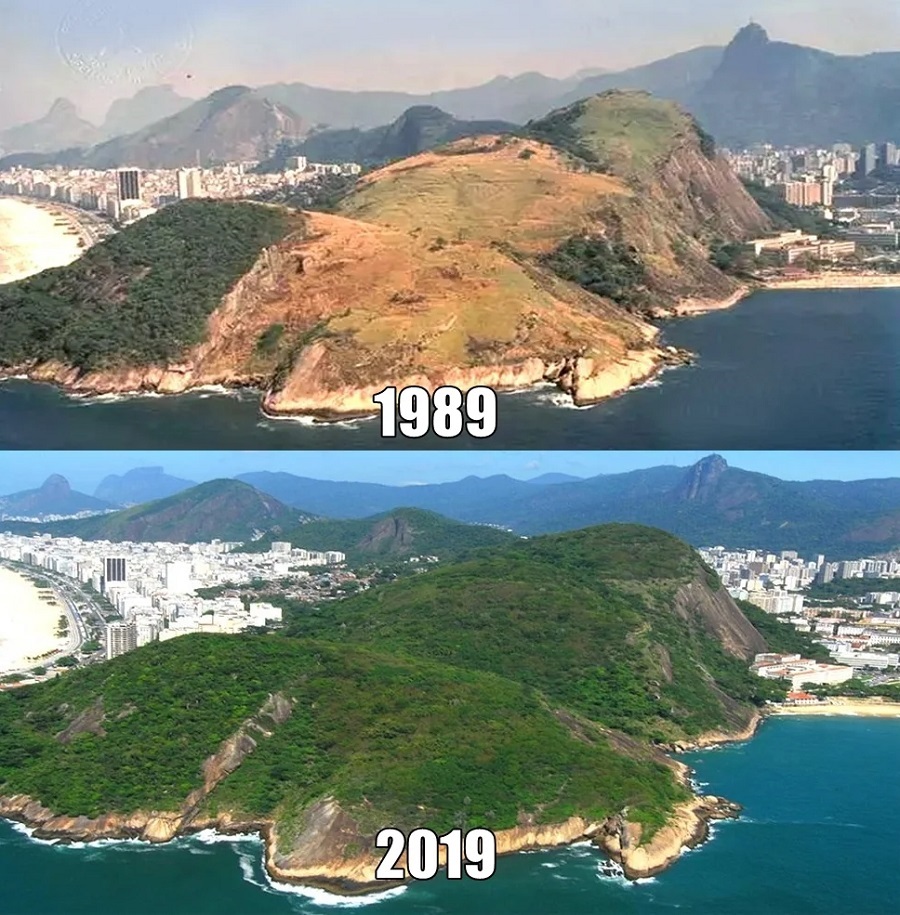
Source
03. Sitting On Their 1947 Chevrolet In Front Of A Diner, And Then 63 Years Later
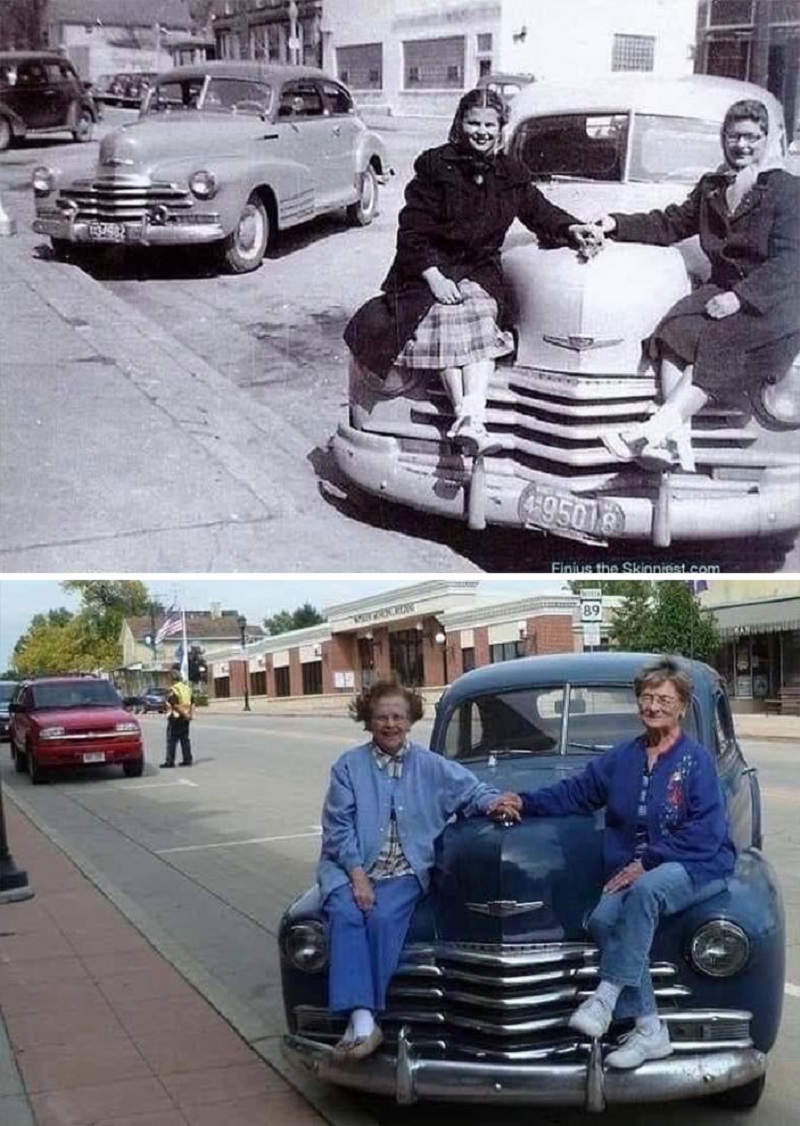
Source
The ‘Old Photos In Real Life’ subreddit focuses on a particular style of photography called ‘rephotography‘ or ‘repeat photography.’ It involves taking pictures at two different times in history and placing them next to each other. For instance, satellite images of a place before and after a flood or photos of a person at various ages.
04. Opening Up The Original River Through Gent, Belgium. 2009 Vs. 2022
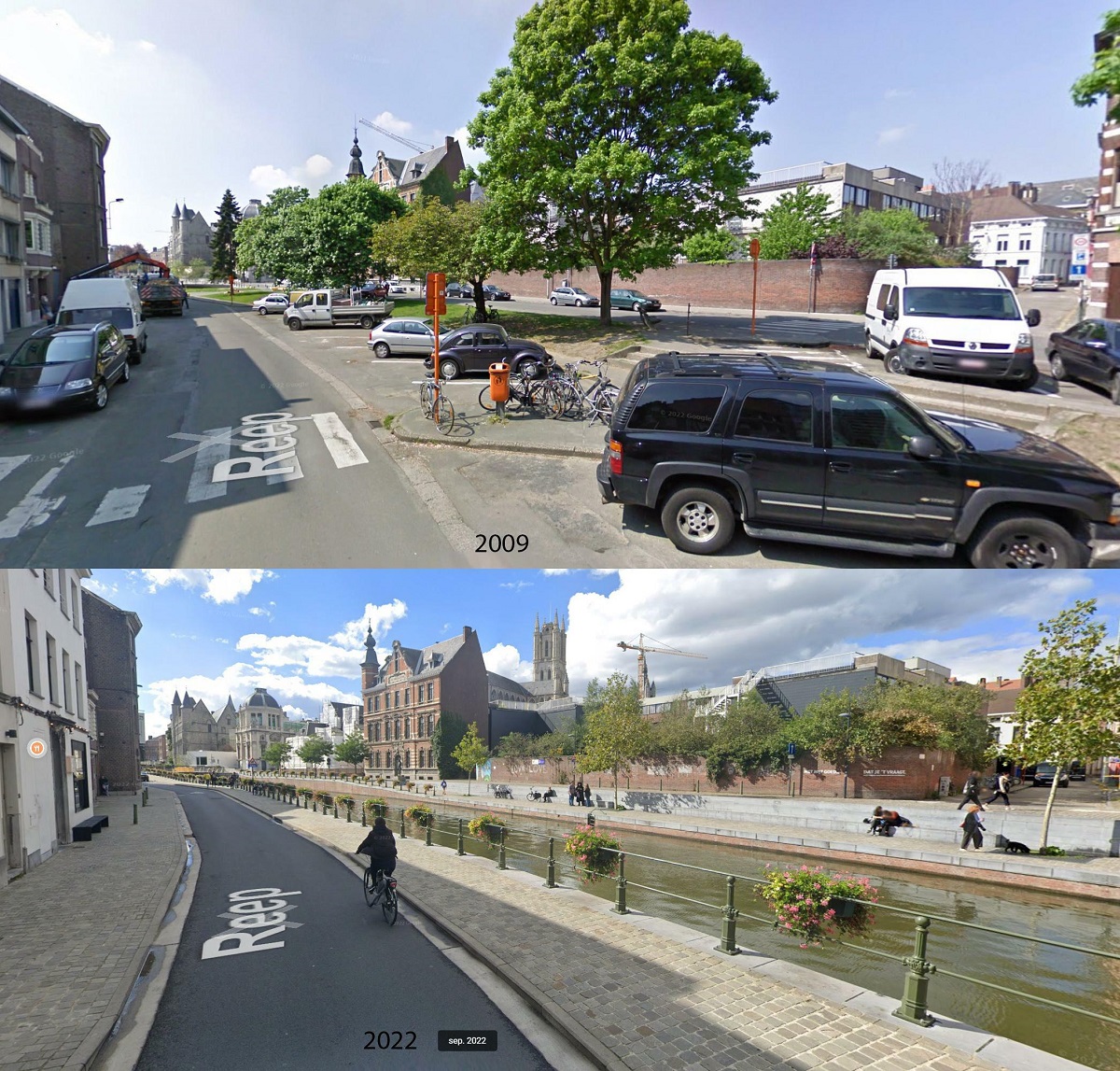
Source
05. The Same Whale Photographed 35 Years Apart! Both Photos Taken Off The Coast Of Mexico. The Recent Image Is From 2020, While The Old Photo Dates From 1985
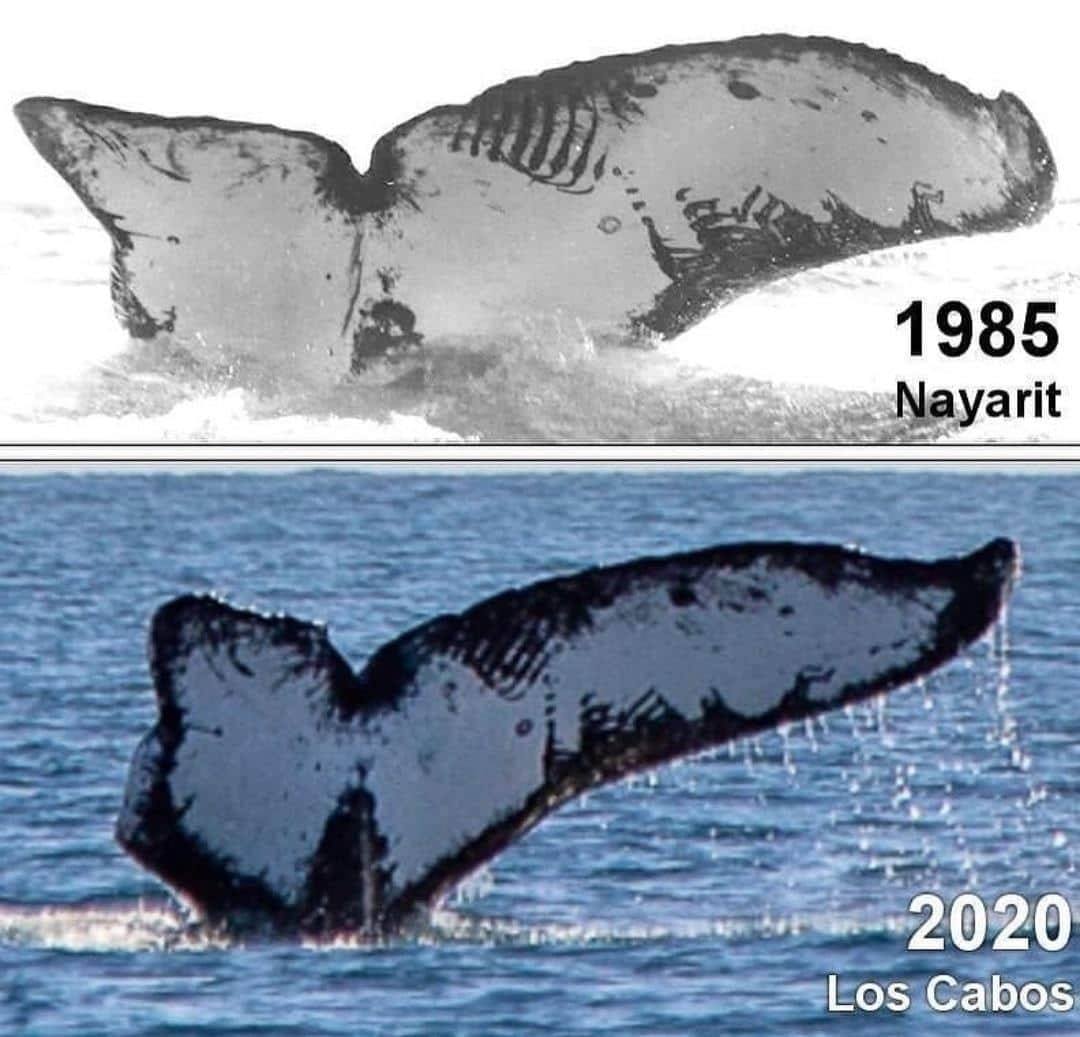
Source
06. 1887 Queen Anne Victorian Brought Back In Remarkable Restoration (Photos)
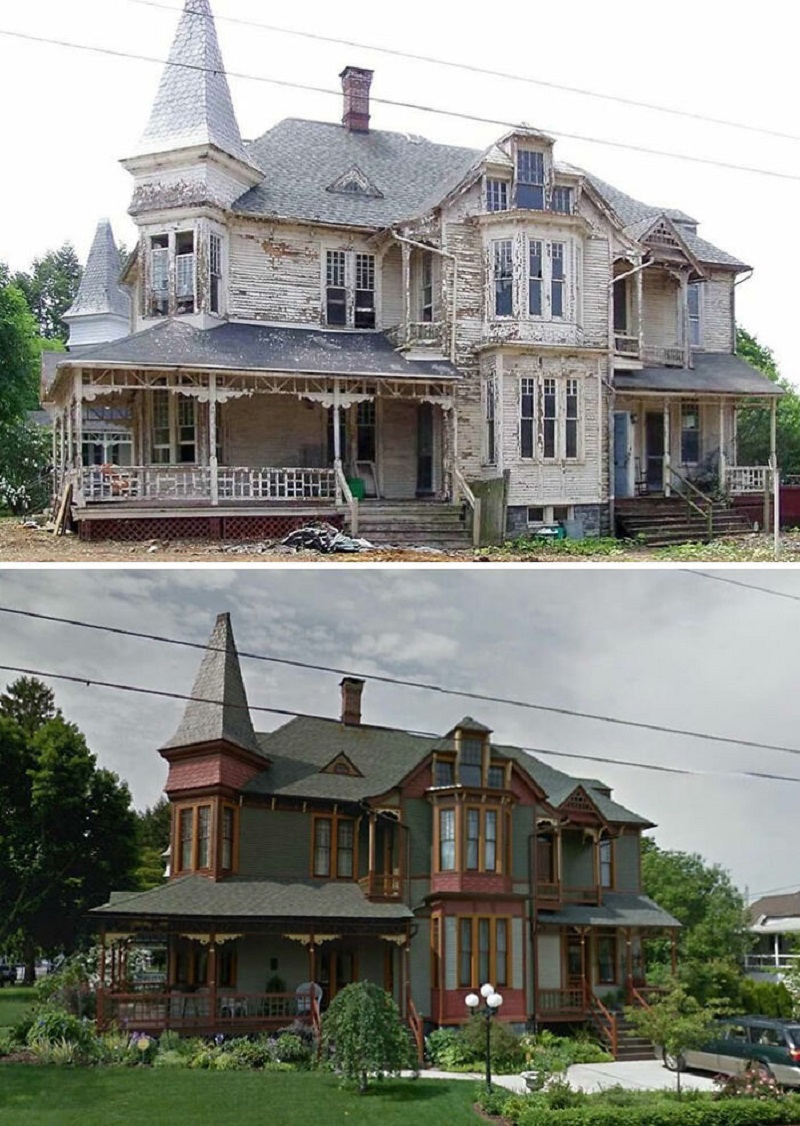
Source
Rephotography started in the natural sciences to reveal environmental changes, like erosion or melting glaciers. It’s also used in sociology to show how towns and cities transform. In education, rephotography can uncover changes in schools and campuses.
07. Haarlemmerdijk Street In Amsterdam, Netherlands (1971 And 2020)
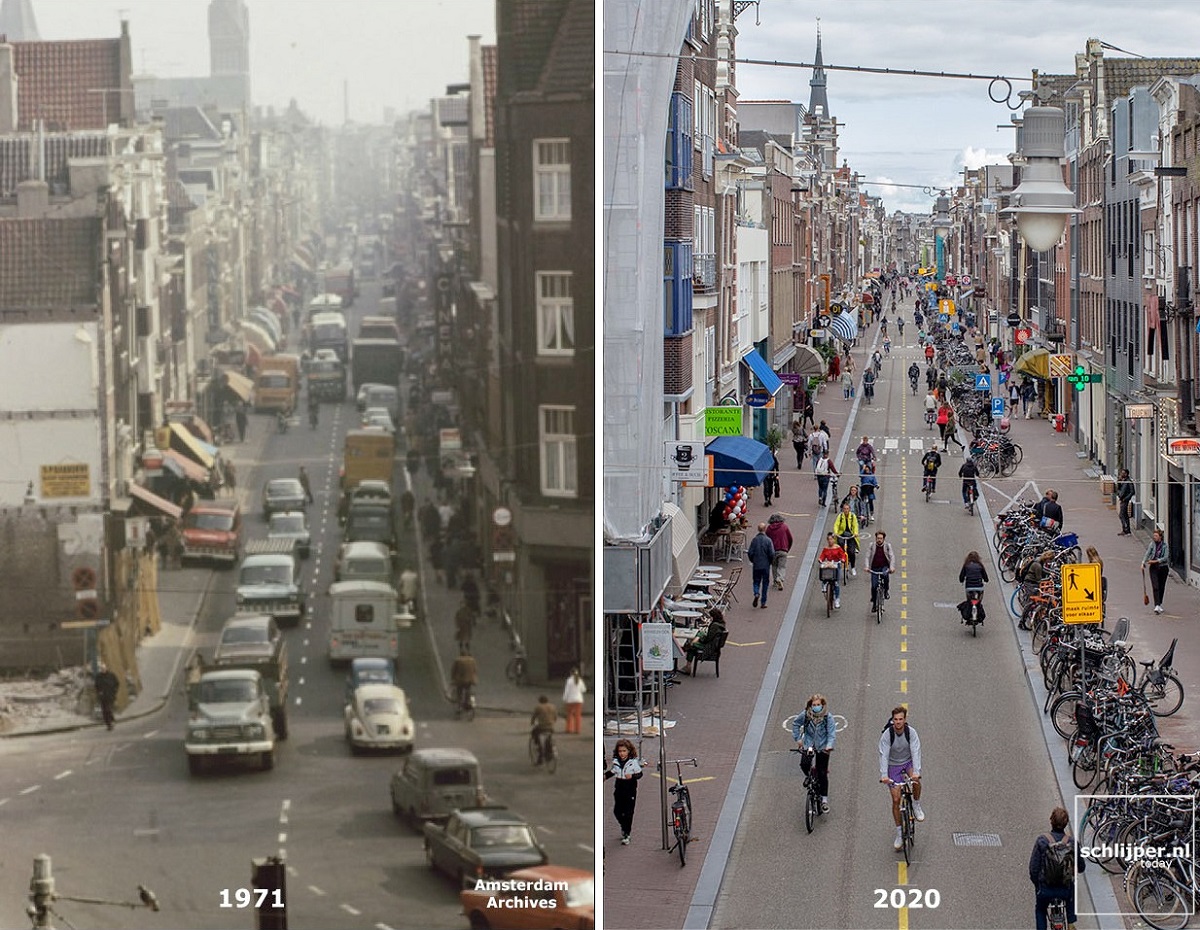
Source
08. My Hometown Kharkov In Ukraine 2022-2022
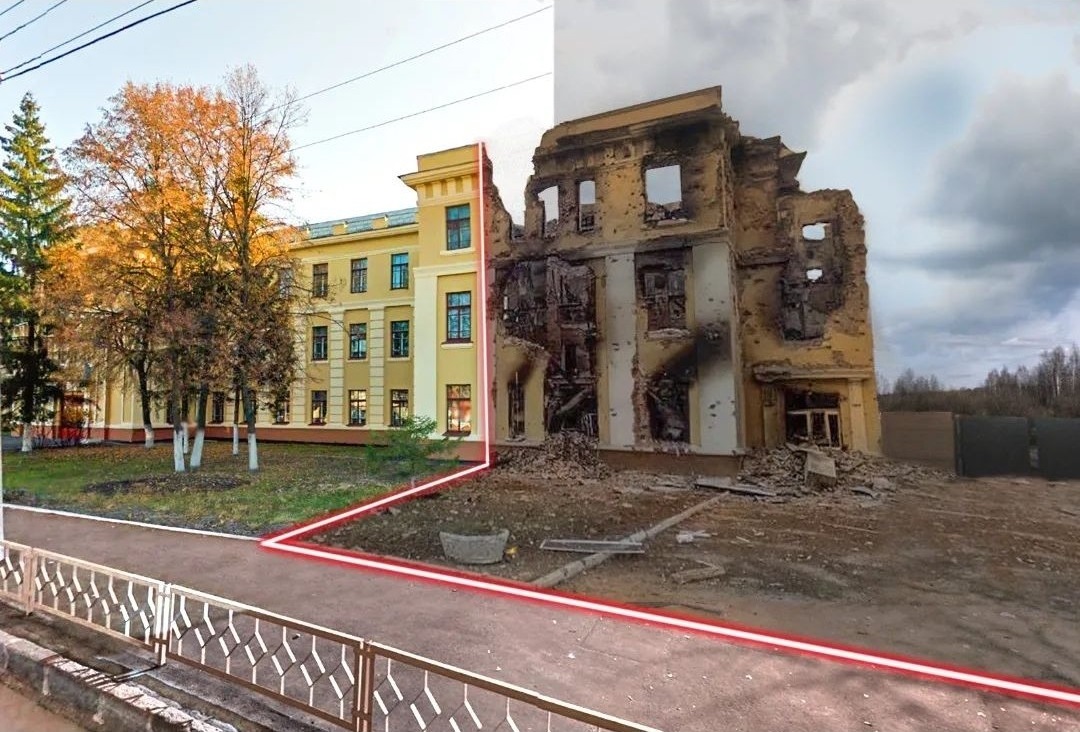
Source
09. Oxford
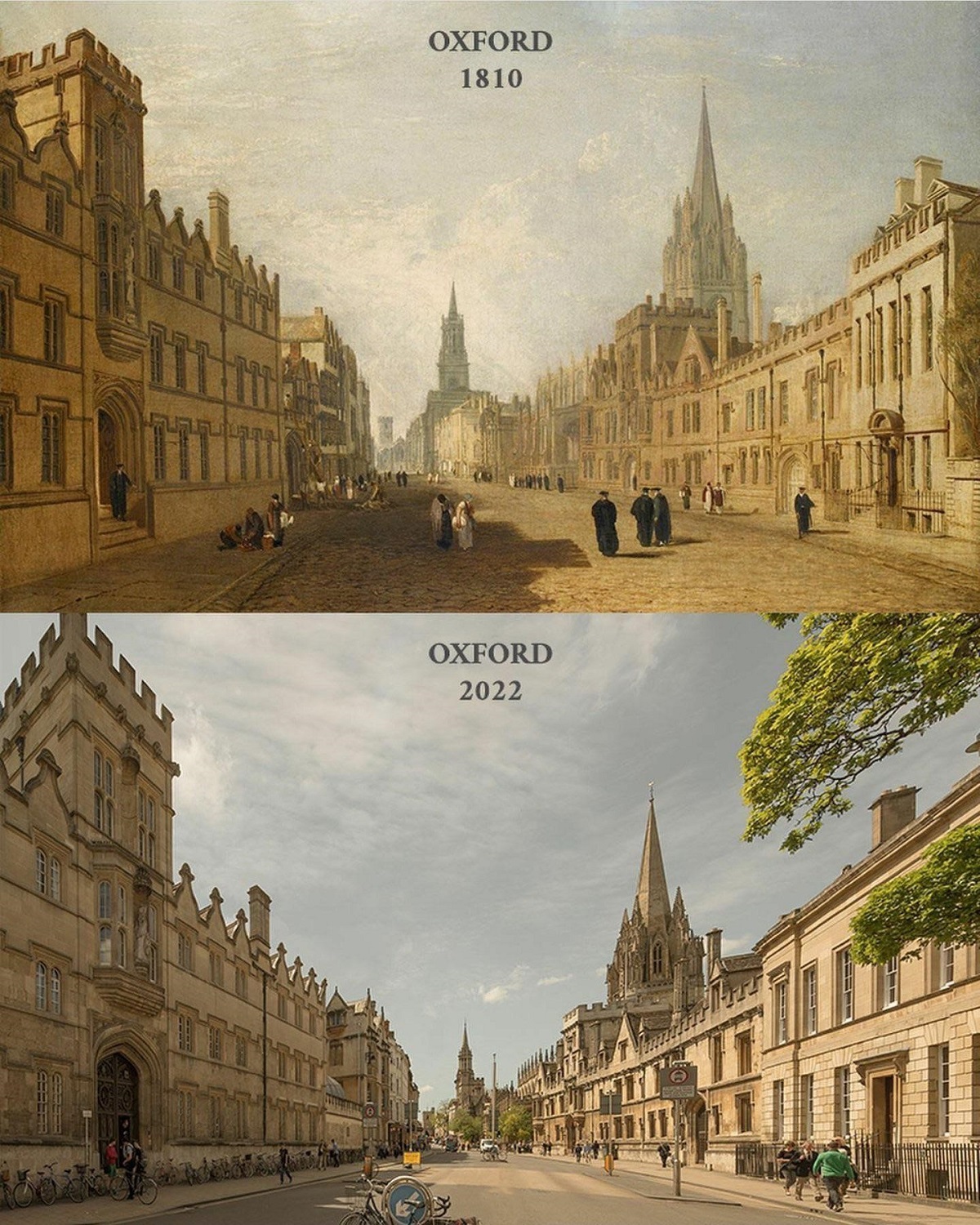
Source
Rephotography is cool because it can show how cities change and demonstrate climate change’s effects. For example, a picture from 2004 might capture a boat sailing along a waterway, whereas a photo from 1899 taken at the same spot shows a massive glacier. On the edges of the waterway, many green trees and bushes are growing on what used to be a snowy rocky area a hundred years ago.
10. I Tried My Best To Find The Same Location. Santiam Wagon Road, Oregon. 2022 vs. Date Unknown. Road Was Used 1860-1930s
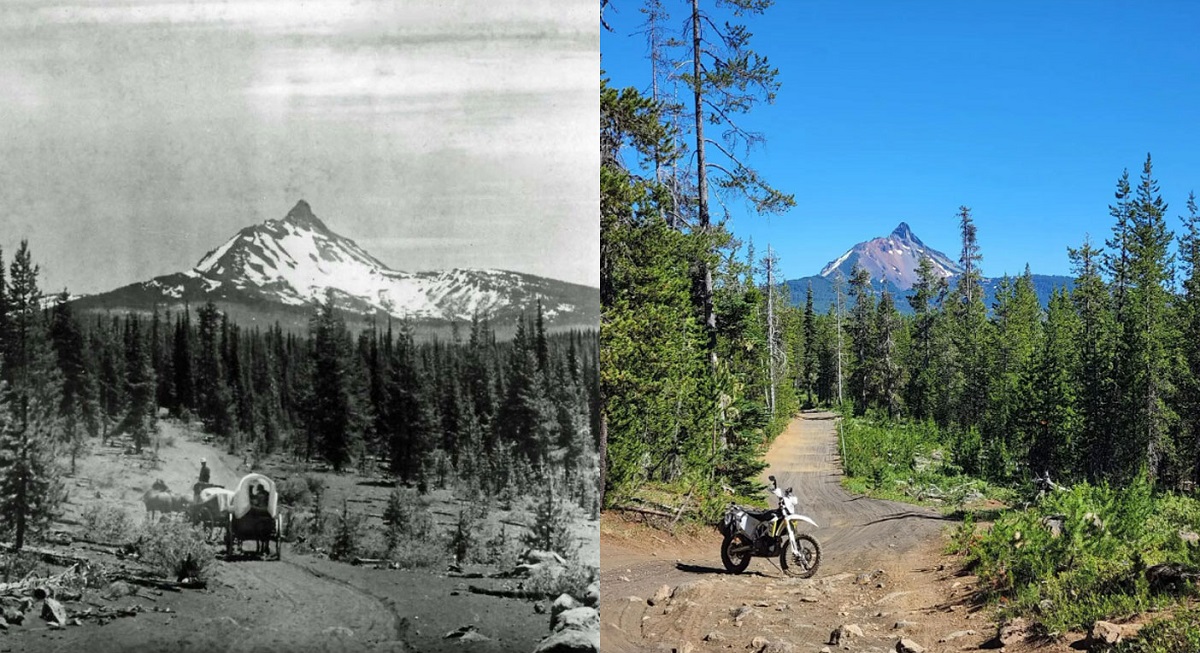
Source
11. Boston – Elevated Highway Moved Underground, Replaced With Green Space. (1990s Vs. The 2010s)
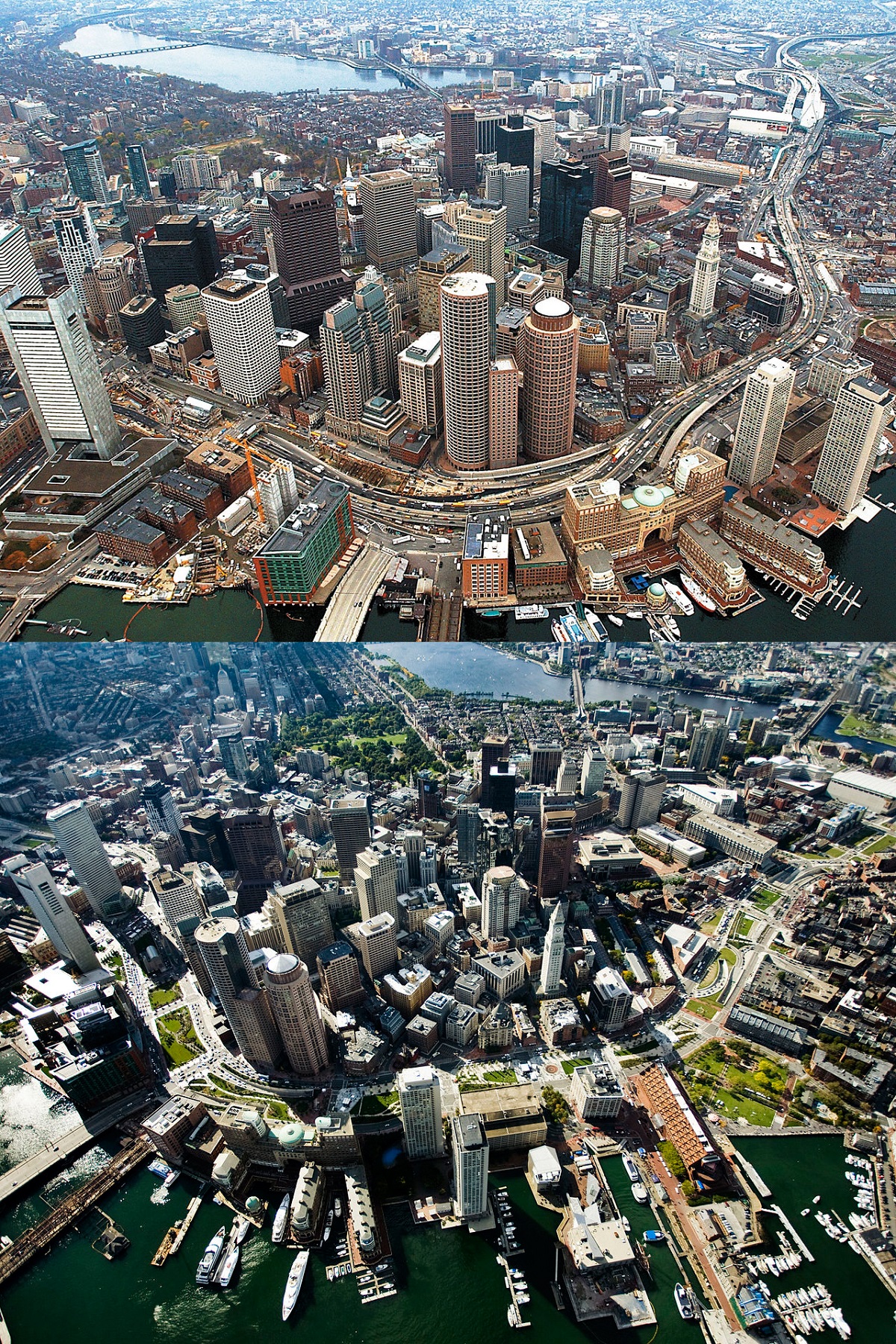
Source
12. Unlucky House In San Francisco, 1936 And 2022
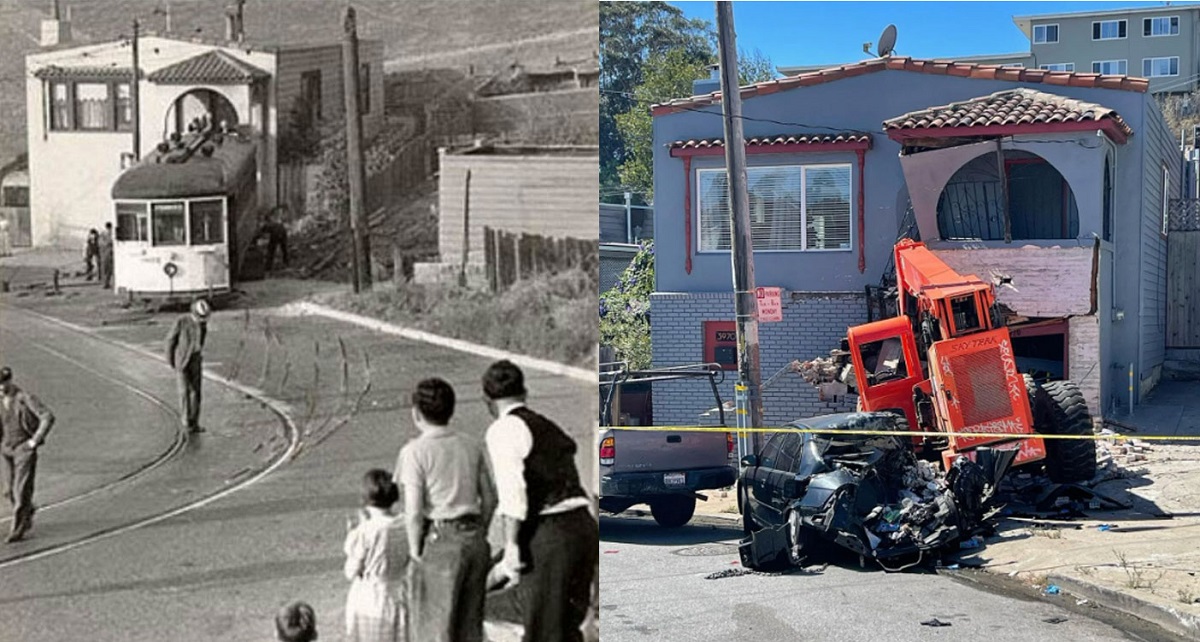
Source
Using old photos of Alaska as his guide, photographer Ron Karpilo embarked on a journey through mountains, rivers, and untamed terrain. His mission? To recreate views captured by photographers of the past, showing the impact of climate change. Karpilo captured the transformation of melting glaciers, plant life, and landscapes over time through his lens.
13. So Refreshing. No Skyscrapers Or Parking Lots In Sight!!
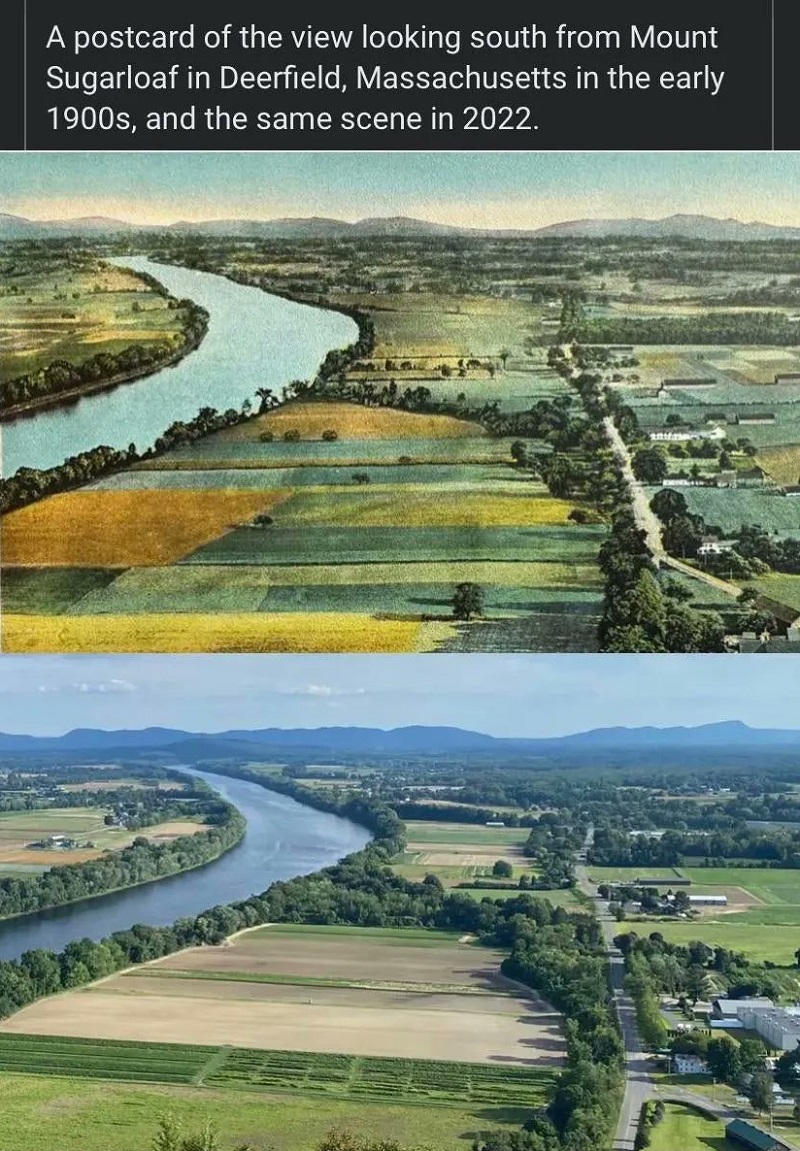
Source
14. Environmental Changes
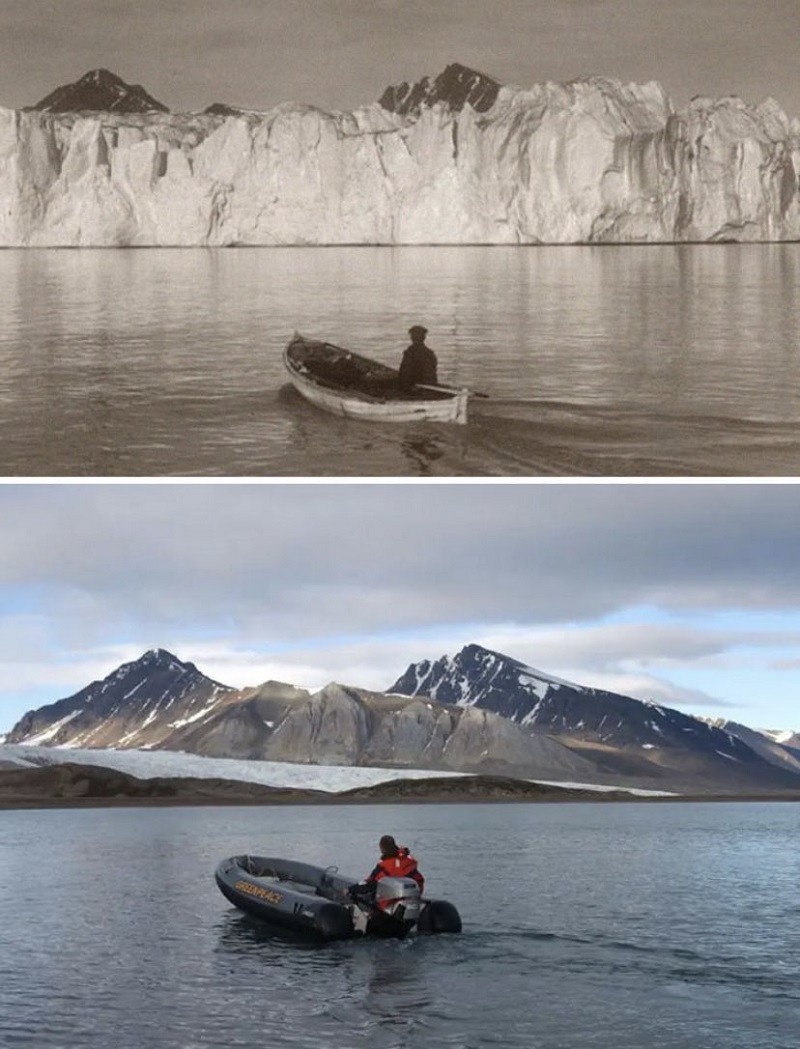
Source
15. Route 66 Between Barstow And Oro Grande, CA. 1917 And 2023
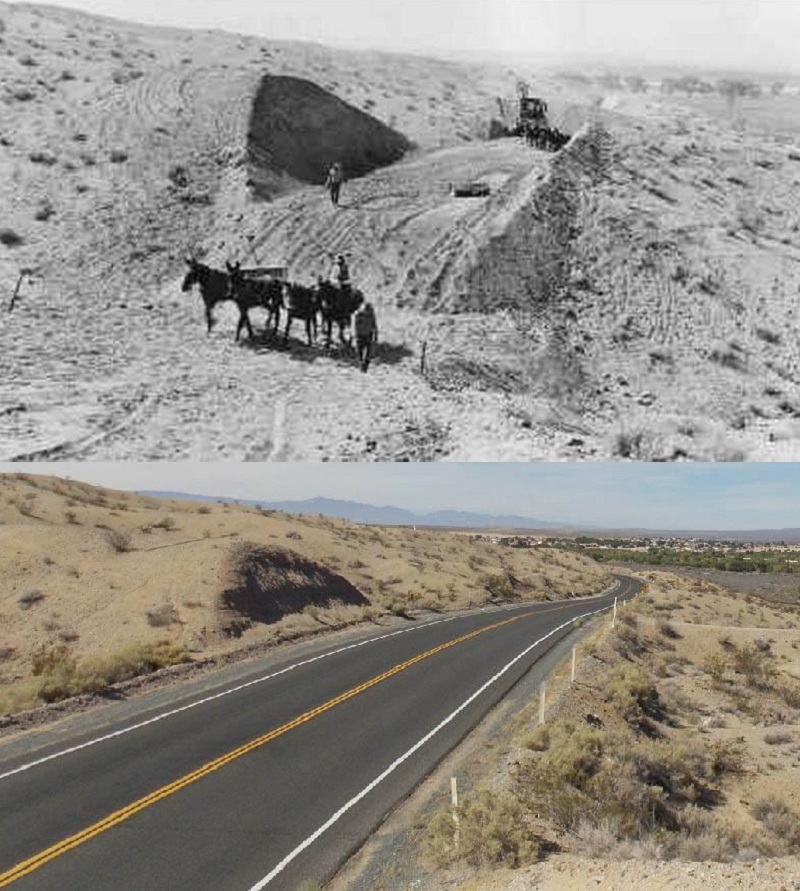
Source
In a conversation with ‘Yale Climate Connections,’ Karpilo shared his thoughts about using pictures to tell stories. He used beautiful pictures of Alaska’s changing environment to keep people interested. “You’re showing pretty pictures of Alaska, and they get interested, and so it kind of hooks them and makes it so they can understand,” Karpilo explained. This idea connects with many people: “Everyone’s taken pictures; everyone can see what’s happening. And so it’s a tool that speaks to anyone, and that’s my favorite part about it.”
16. I Saw This Post On R/Battlepaintings And Did Some Poking Around. Battle Of Vimeiro (Portugal) 1808 By Patrice Courcelle… And Today
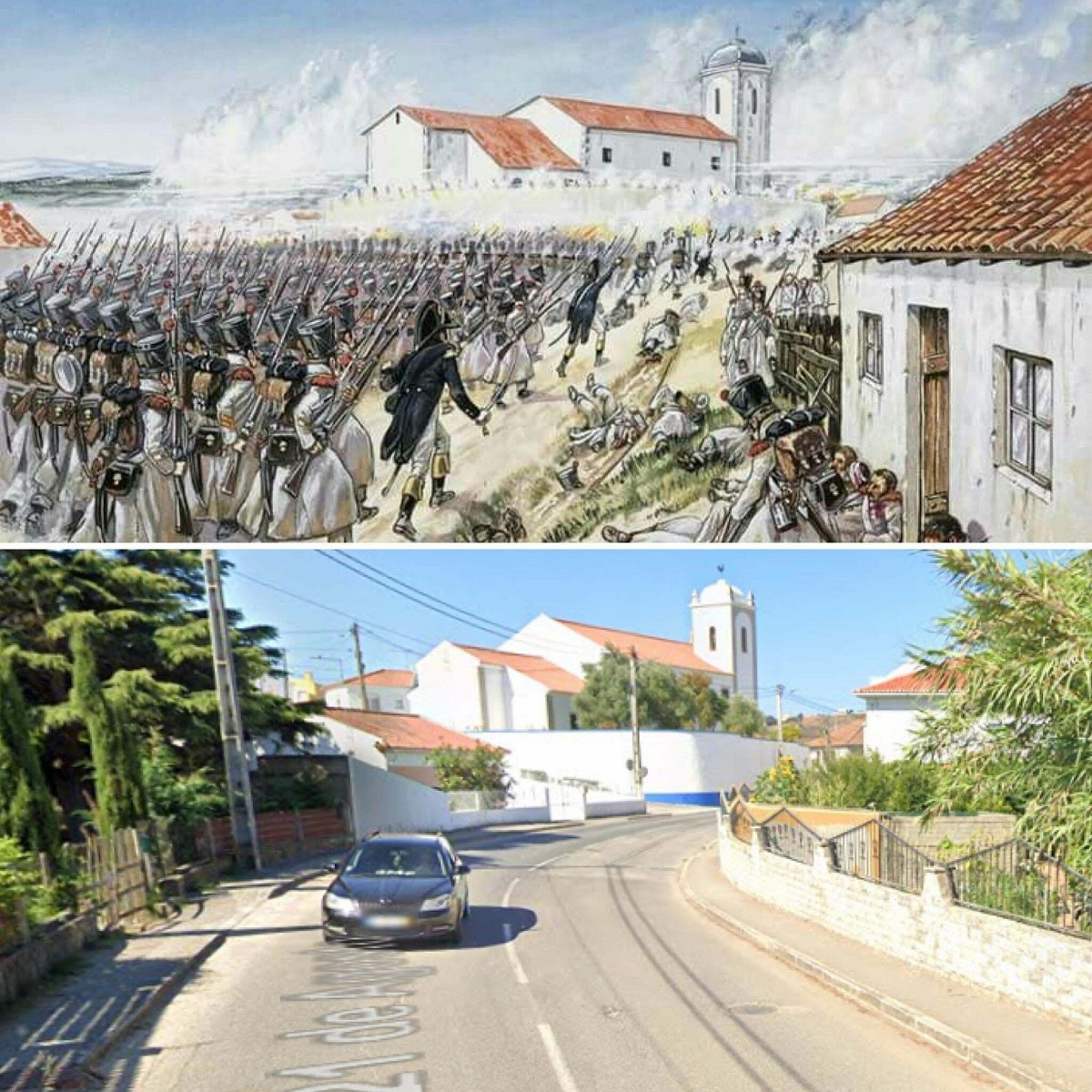
Source
17. Woodstock
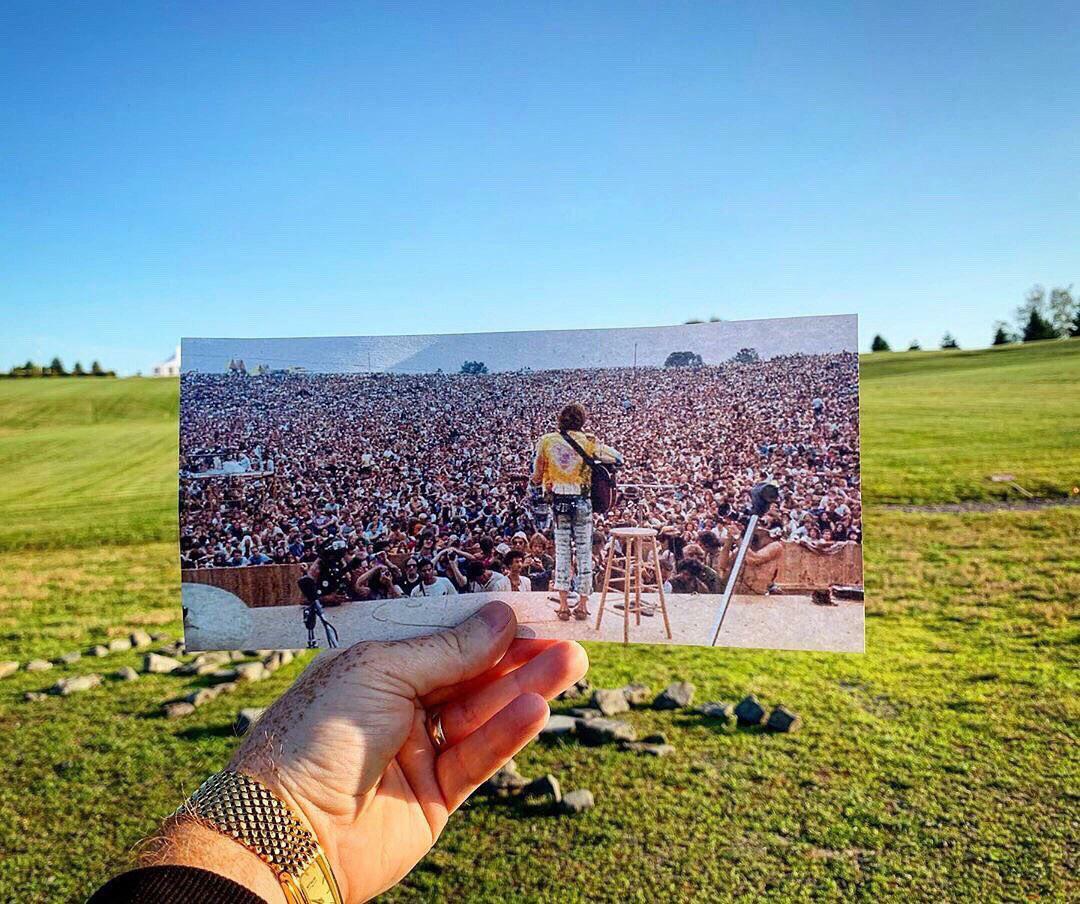
Source
18. An Abandoned Victorian Home Has Been Dramatically Restored In Rarden, Ohio, USA
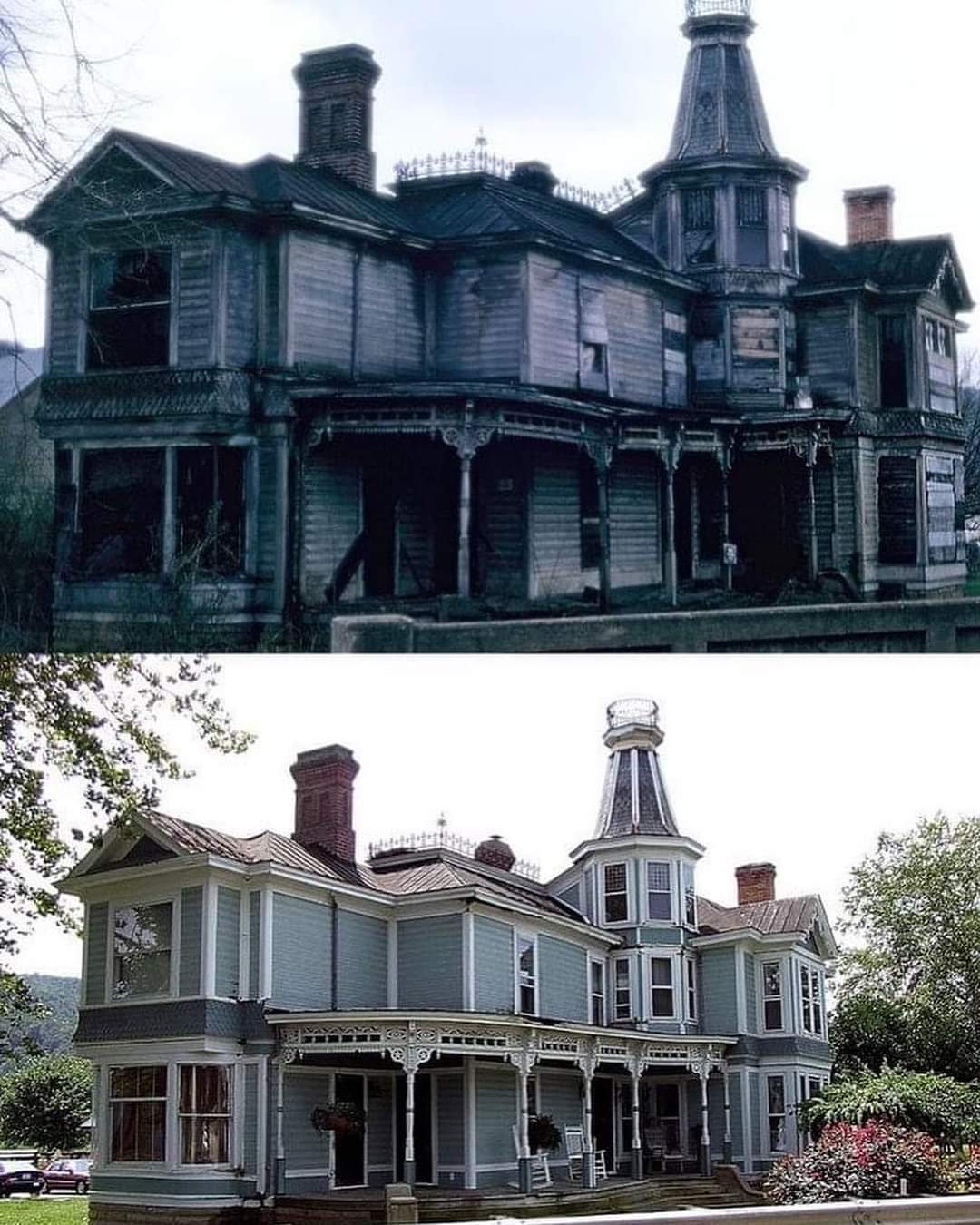
Source
Karpilo’s photo project clearly shows the impact of climate change. “When you show a glacier that’s just not there anymore, it’s hard to dispute,” he emphasized. “It’s disappearing; something is changing, and that’s what’s made it such a good tool.” By combining art and caring for the environment, Karpilo takes pictures of how Alaska is changing and inspires people to take action.
19. 1878 – 2022. Tetons. Not Much Has Changed In This Photo. But I Still Think It’s Neat
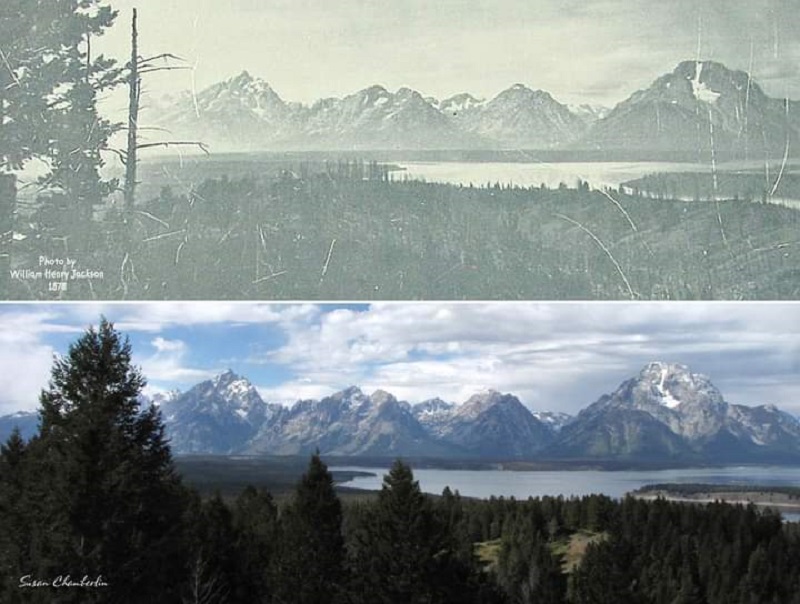
Source
20. Süreyya Beach In The 1940s And Nowadays, Istanbul
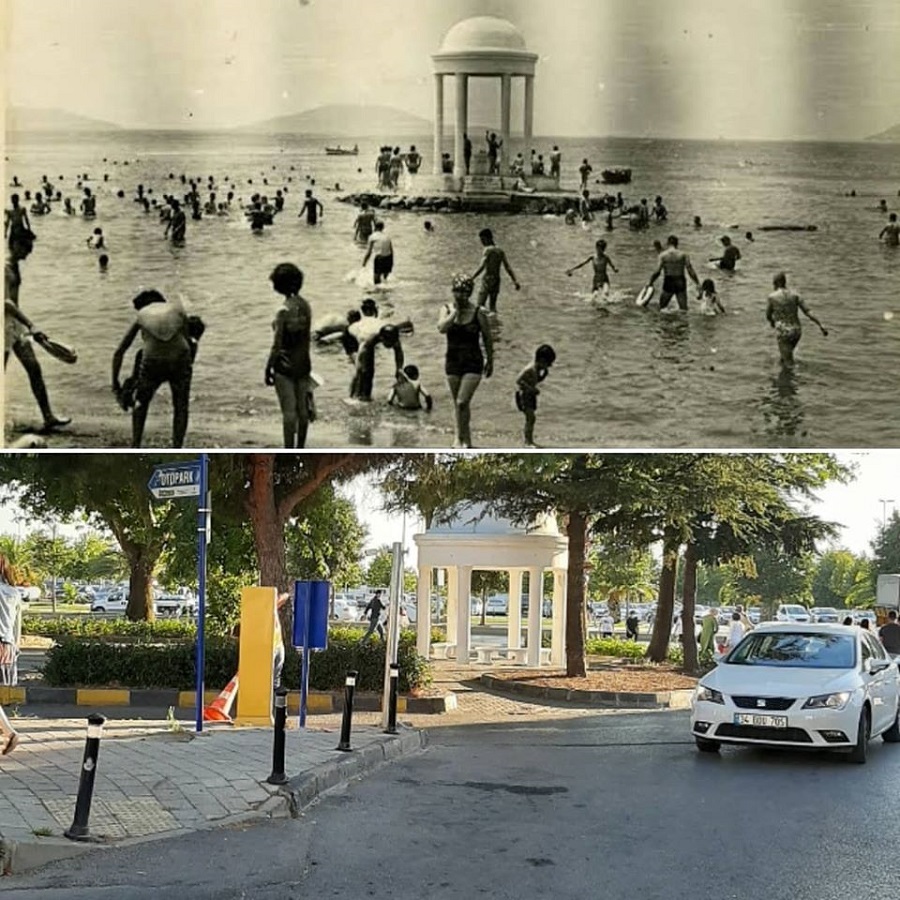
Source
21. Acropolis Of Athens (Greece) 1851 Vs. 2021
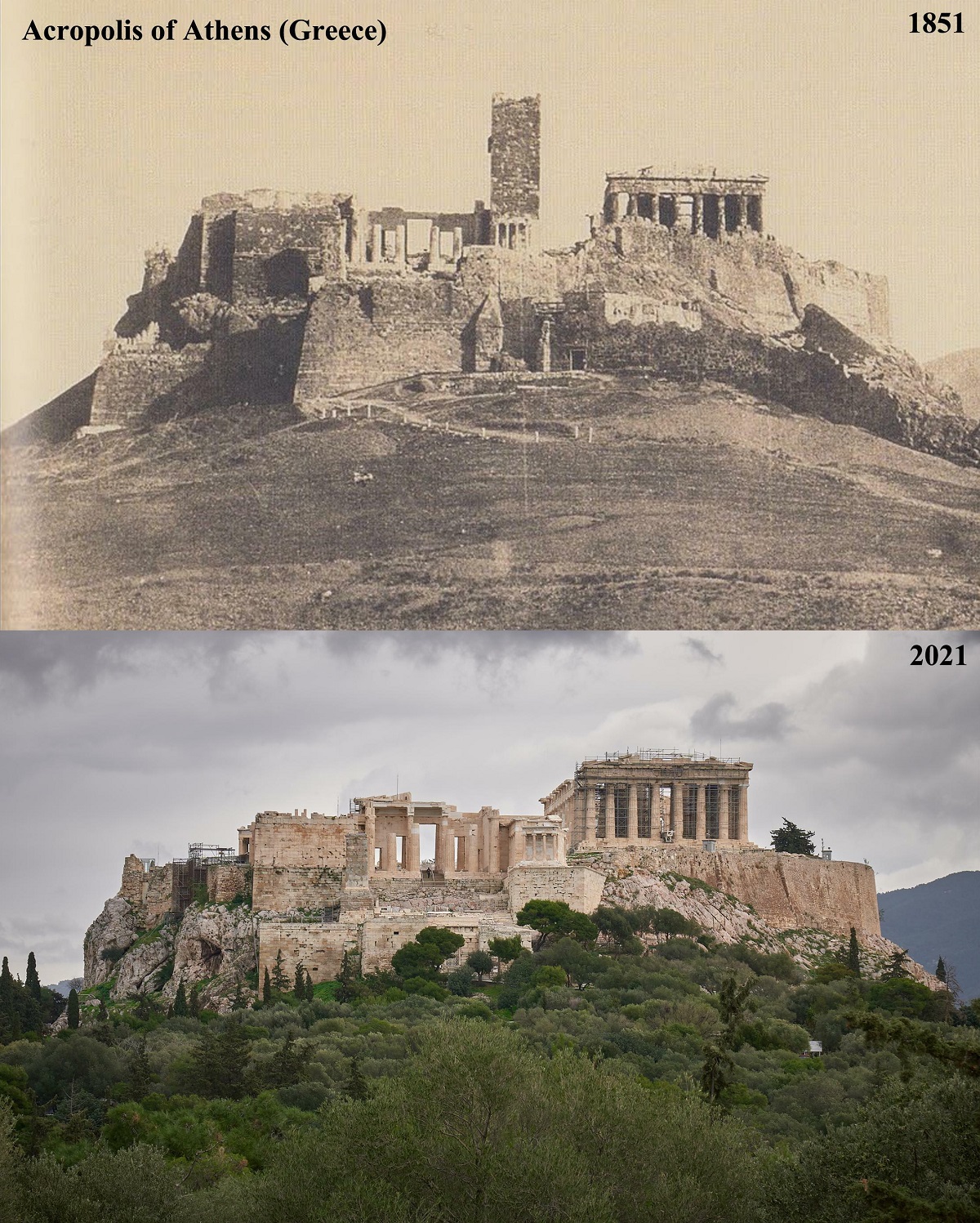
Source
We hope Karpilo’s journey and discoveries gave you some food for thought and inspired positive environmental action. If not now, then when? And if these insights don’t confirm global warming, what will?
22. Point Dume, Malibu, California. Ad 2023 And Ad 3978
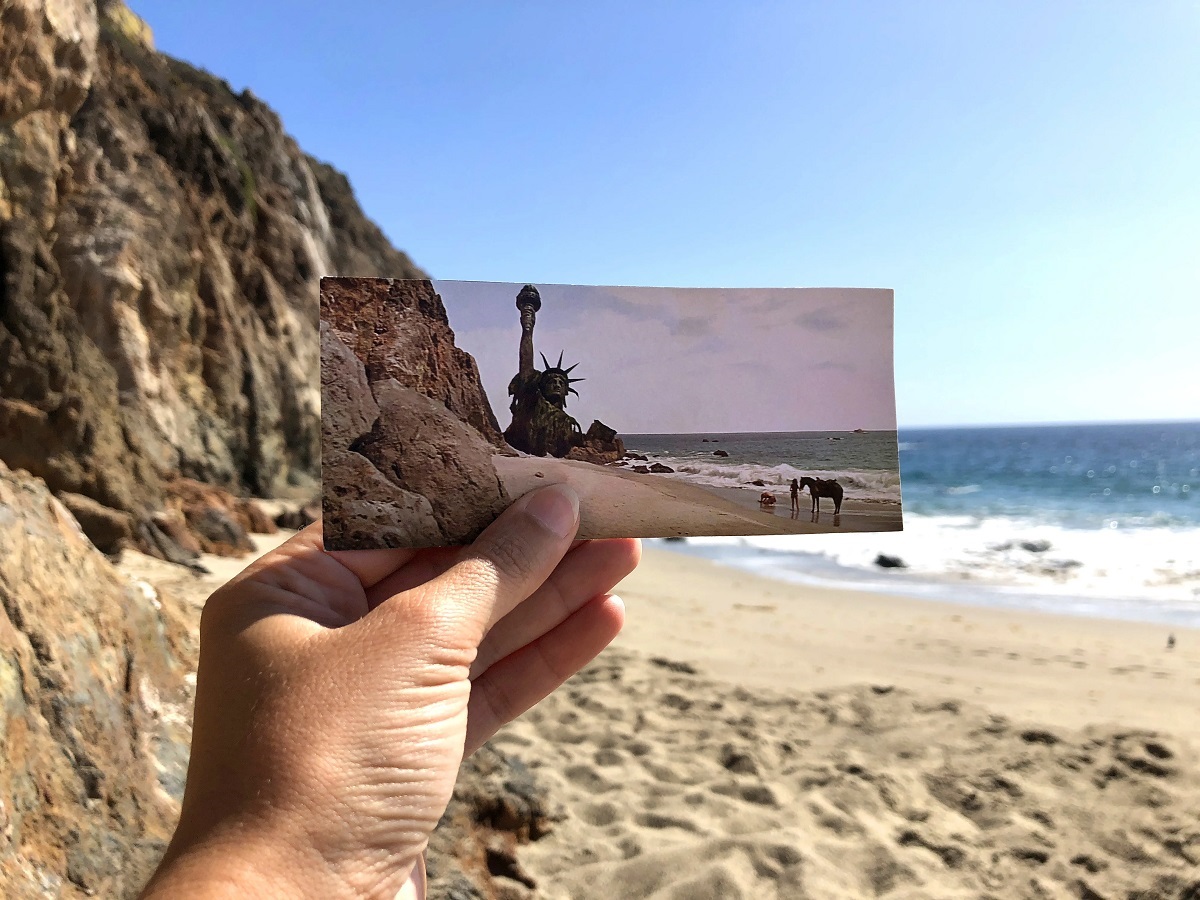
Source
23. The World’s Oldest Underground Station, Baker Street, England. 157 Years Apart
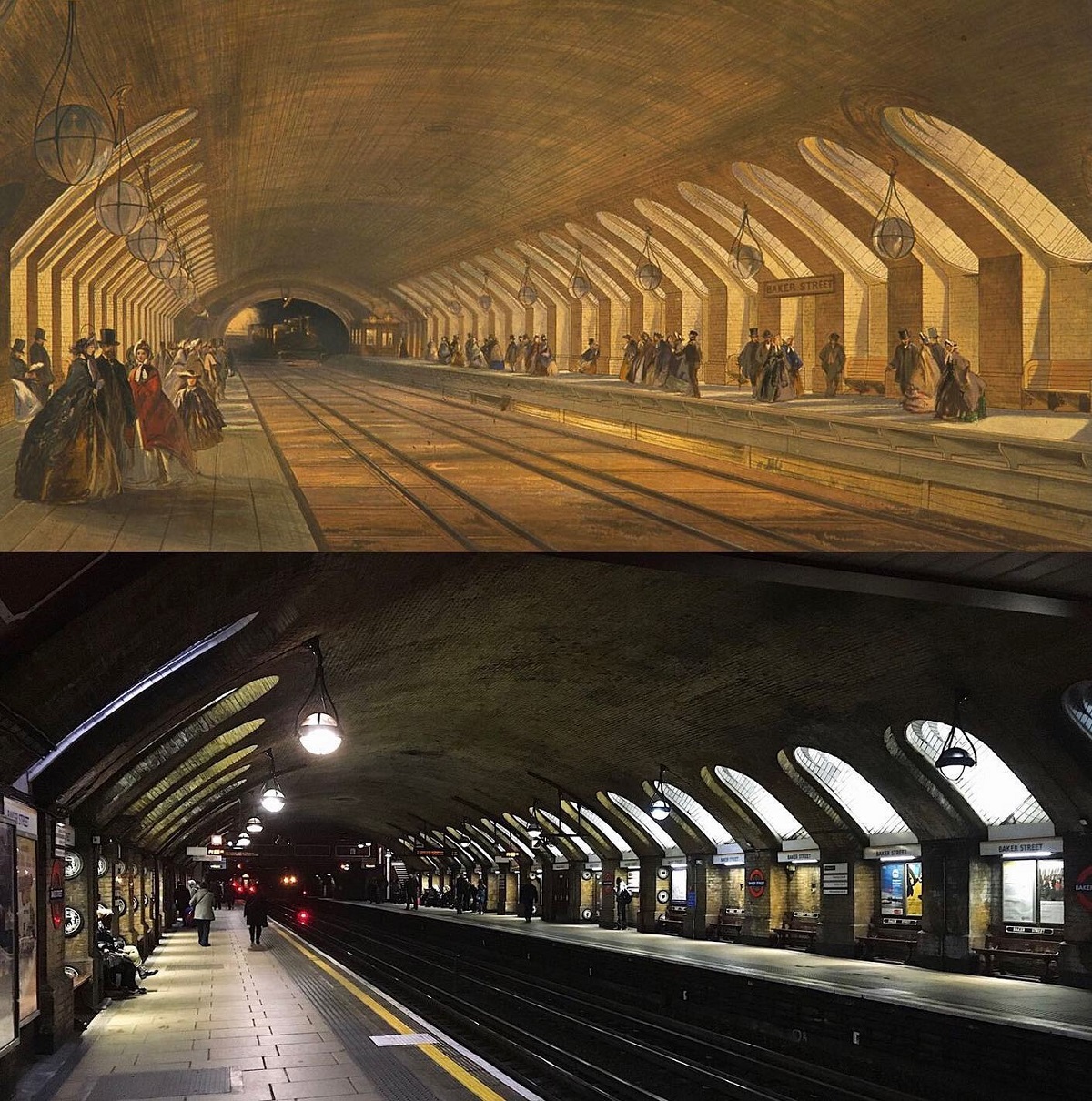
Source
24. Bran Castle/Dracula’s Castle, Romania (1920s And 2022)
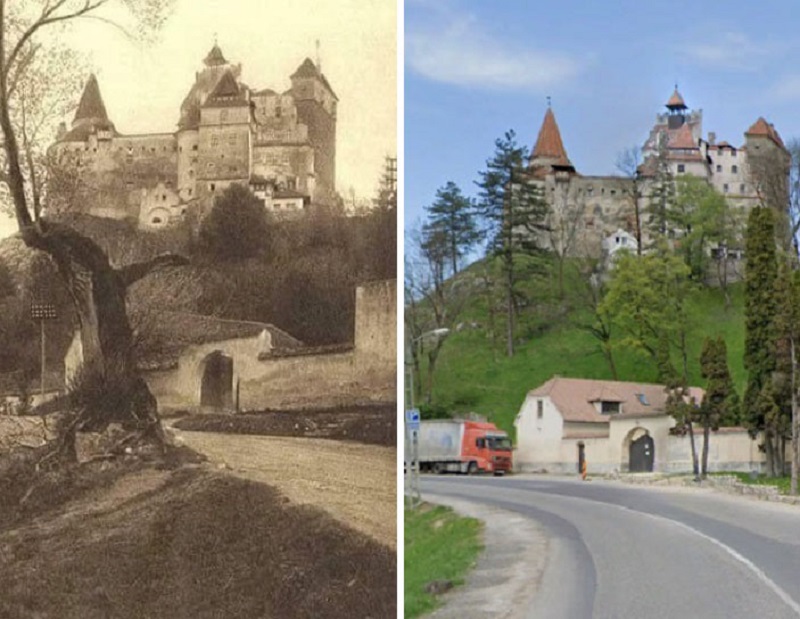
Source
We can make a positive impact on environmental change by adopting sustainable habits. Using renewable energy, recycling, and protecting nature is vital. Educating others and working together in our communities can create a big difference. With intelligent choices and teamwork, we can create a better future for our planet and the next generations.
25. The Cultural As Well As Human Cost Of A 7.8 Magnitude Earthquake; Gaziantep Castle, Turkey, At The Start Of The Month vs. The End
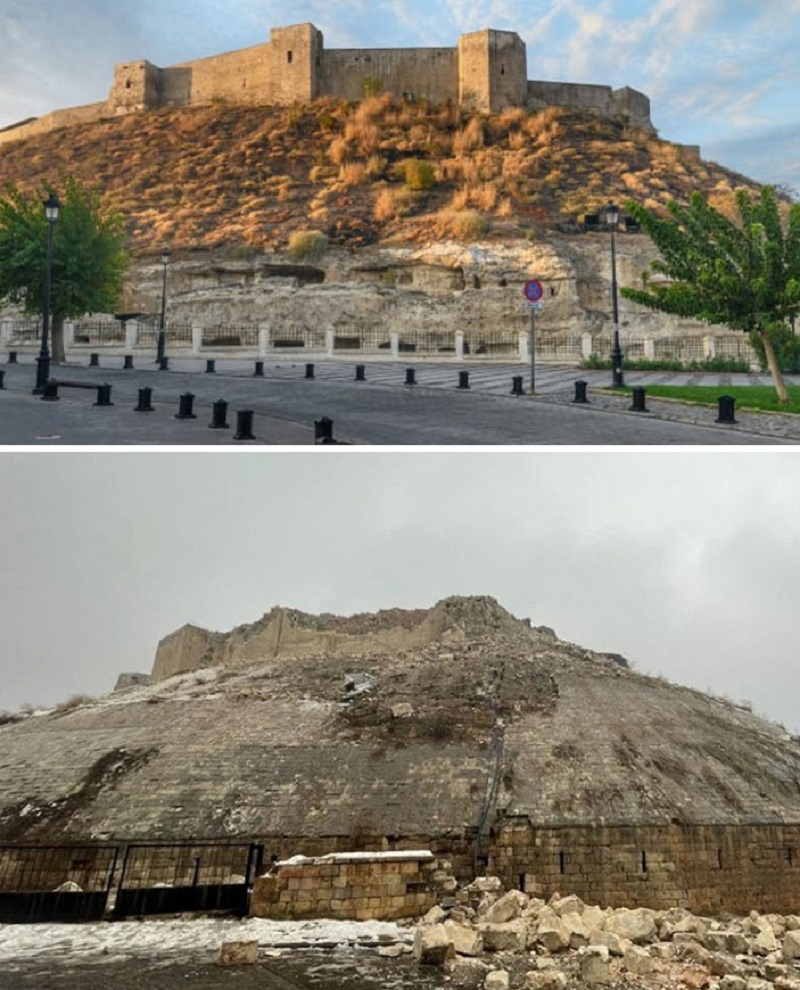
Source
26. Naples, Italy
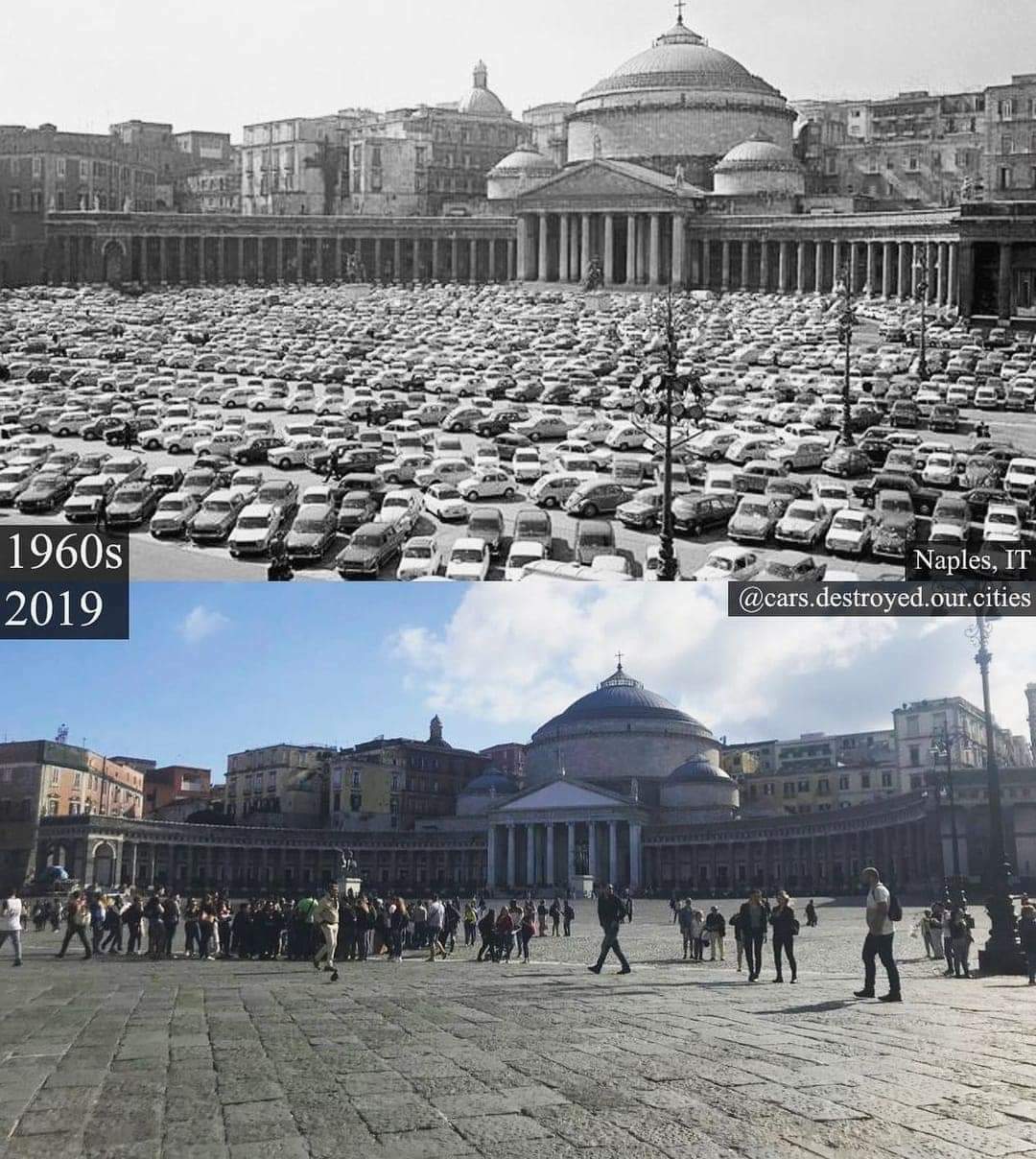
Source
27. The Oldest Surviving Camera Negative – Lacock Abbey, England, 1835 And 2022
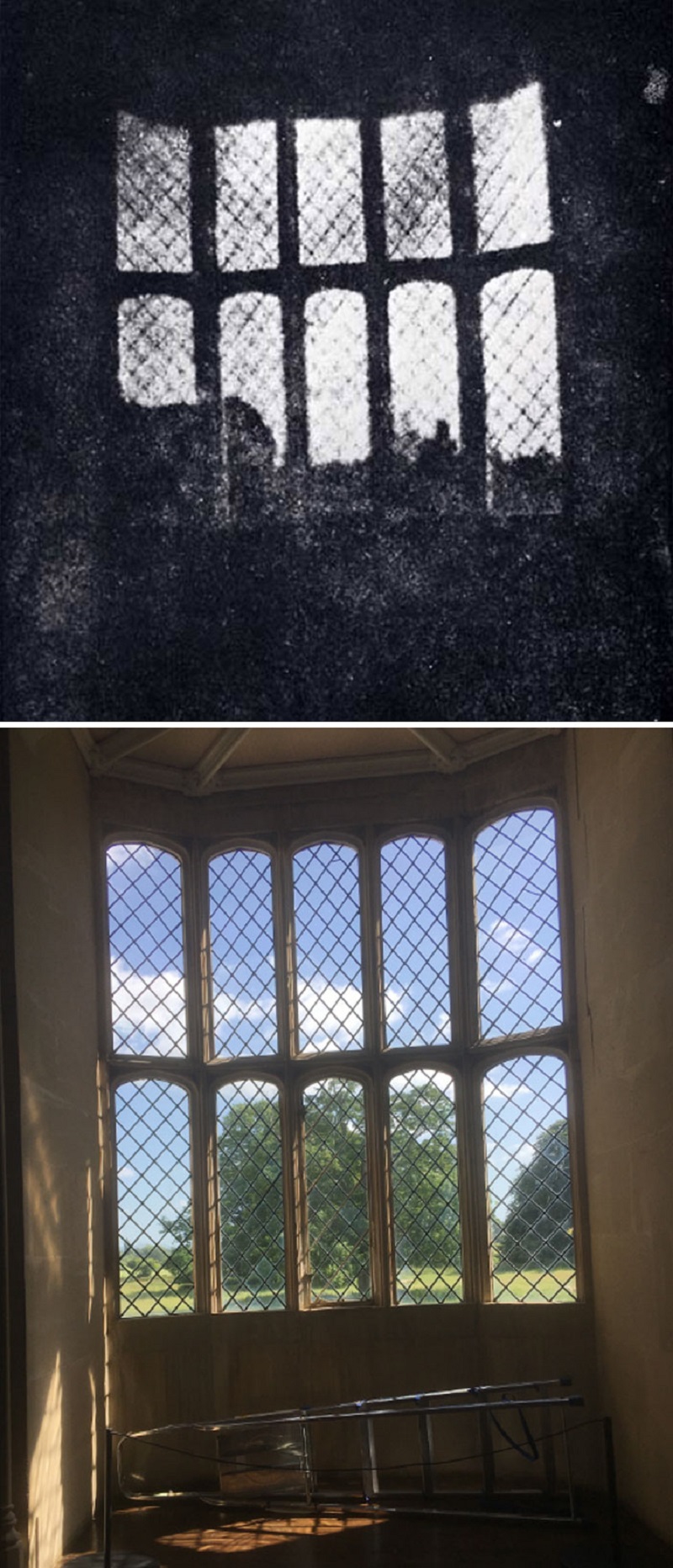
Source
The r/OldPhotosInRealLife subreddit acts like a digital time machine, bringing generations together. It’s a bridge connecting the past and Today, offering a fascinating and heartwarming visual link to history. Keep scrolling and explore more pictures by the group.
28. The Same View Of Hong Kong In 1964 And 2016
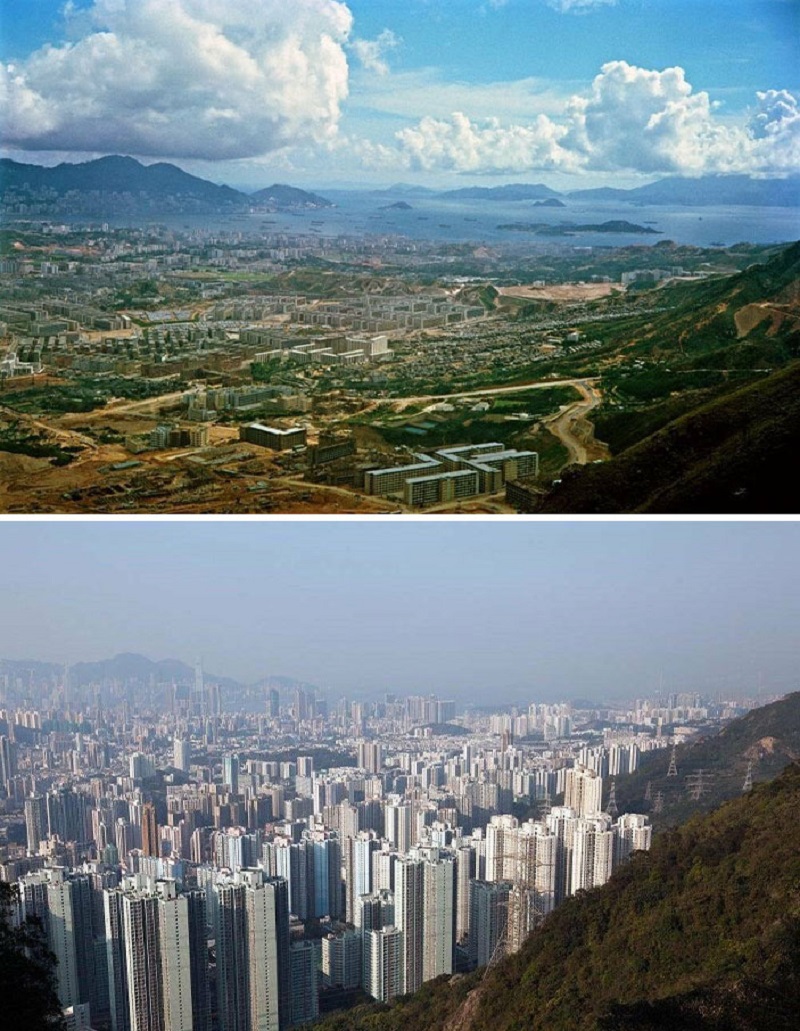
Source
29. The Curecanti Needle, Black Canyon, Colorado, 1880s Vs. 2023
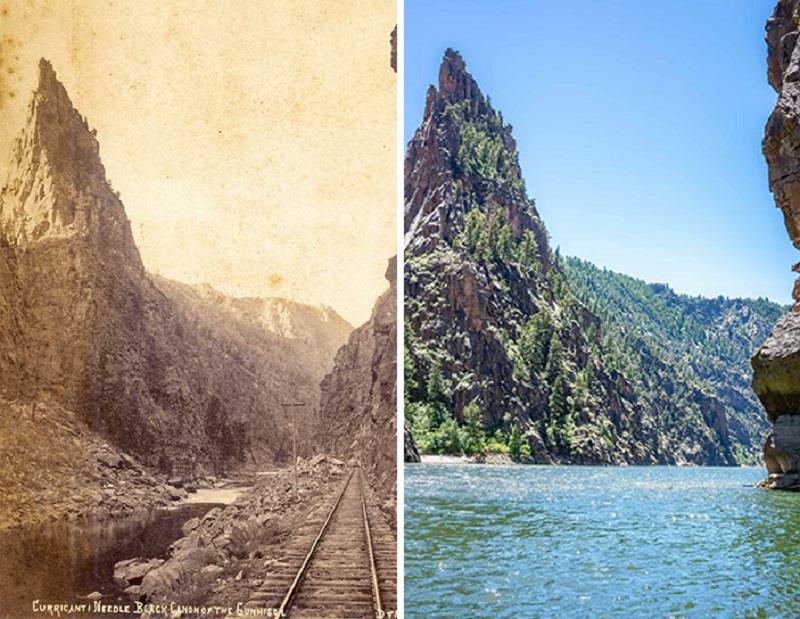
Source
30. Abandoned Subway, New York City. Built In 1904
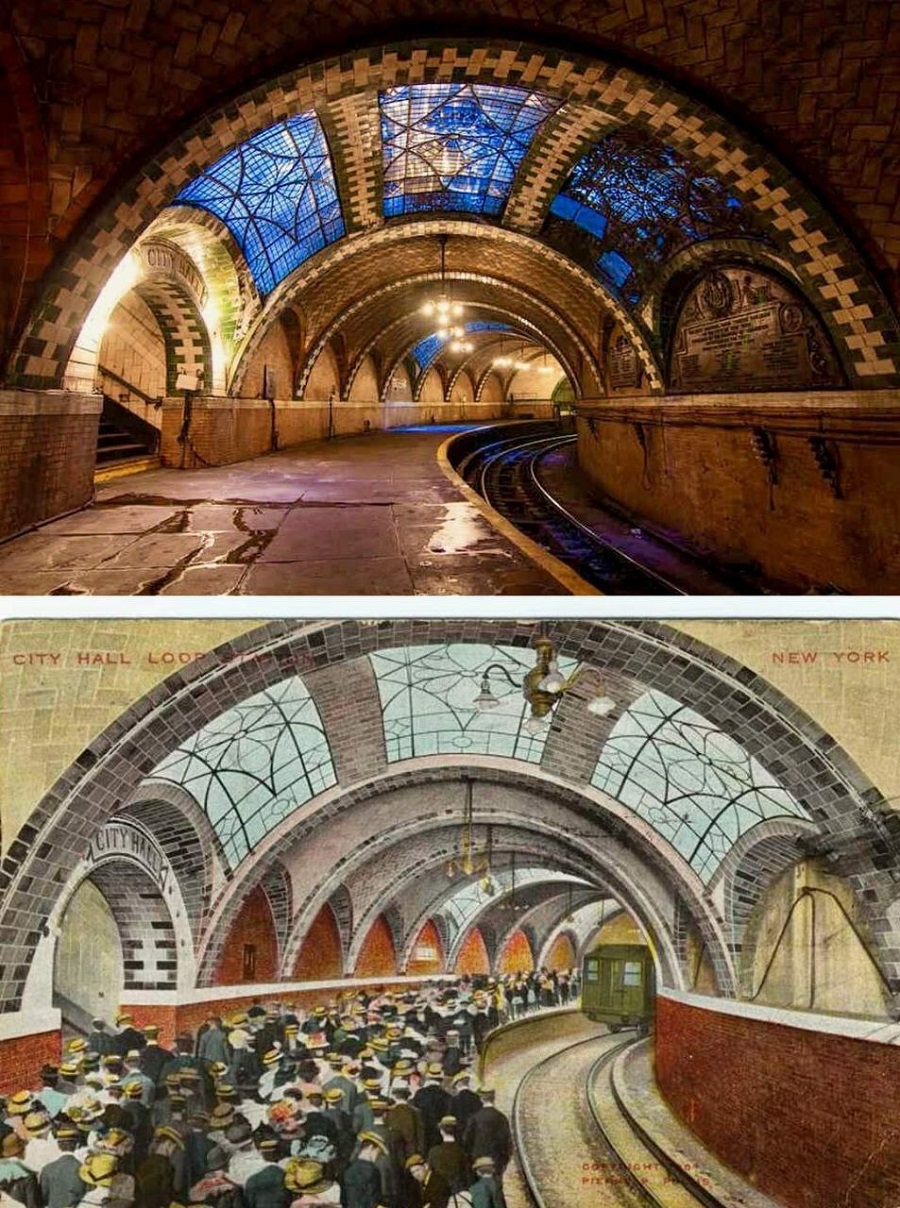
Source
31. The Ancient Theatre Of Delphi, Greece
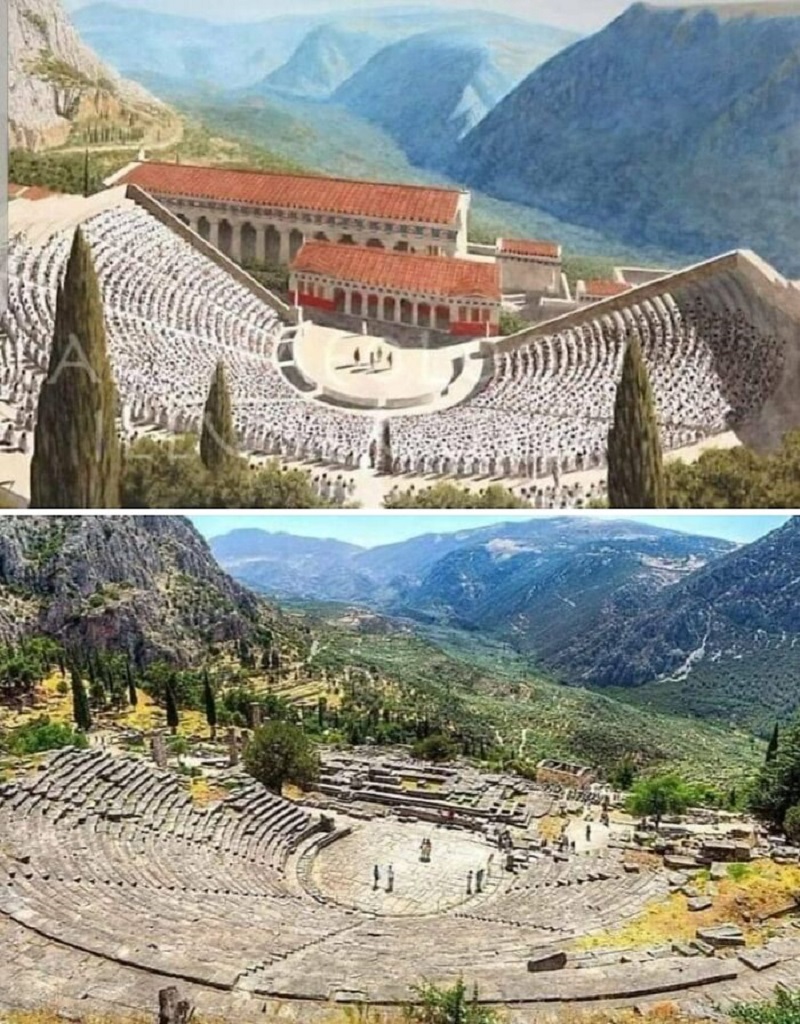
Source
32. Hoover Dam Water Level July 1983 vs. December 2022
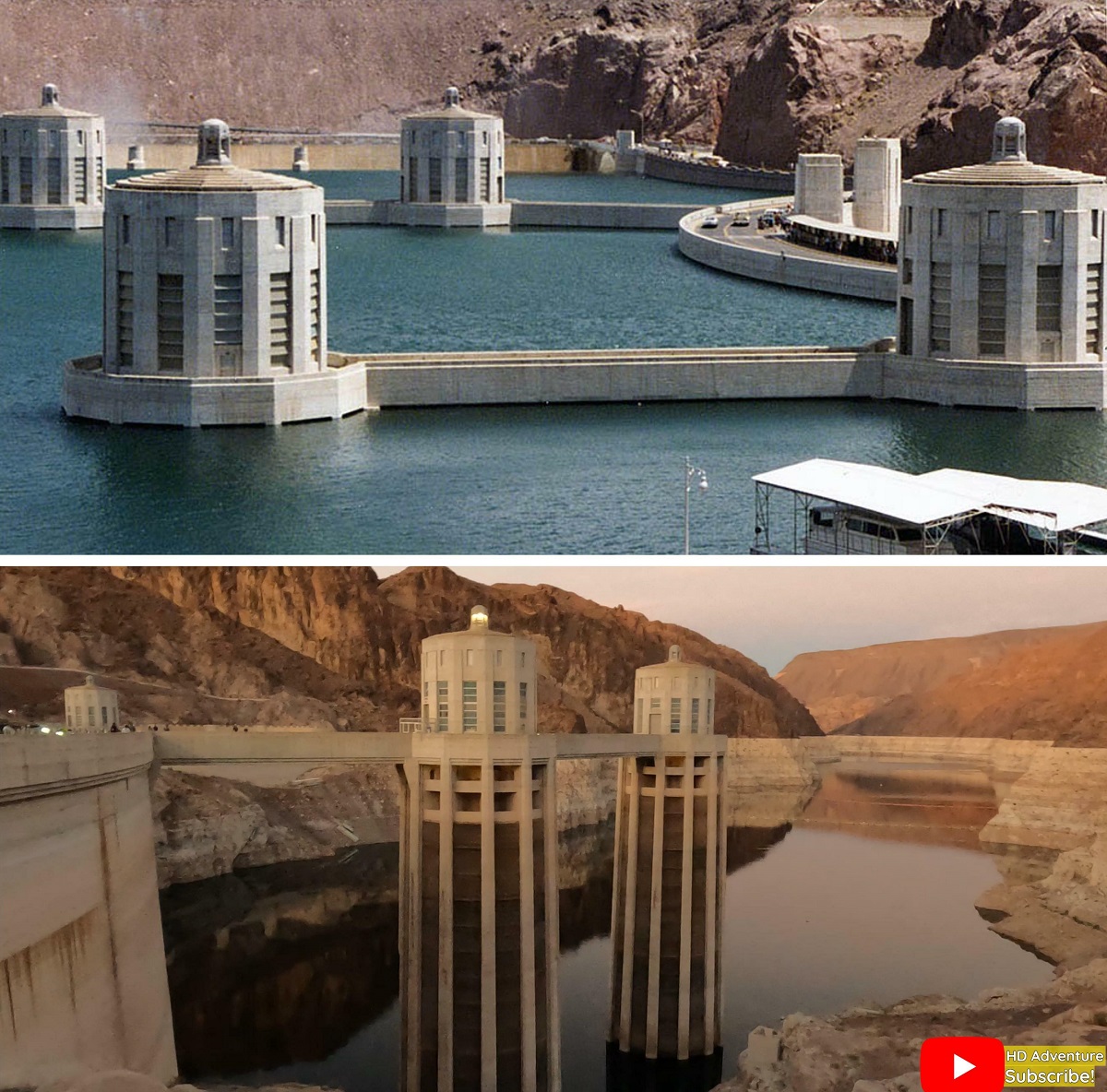
Source
33. Warsaw City Centre, 1944/2022
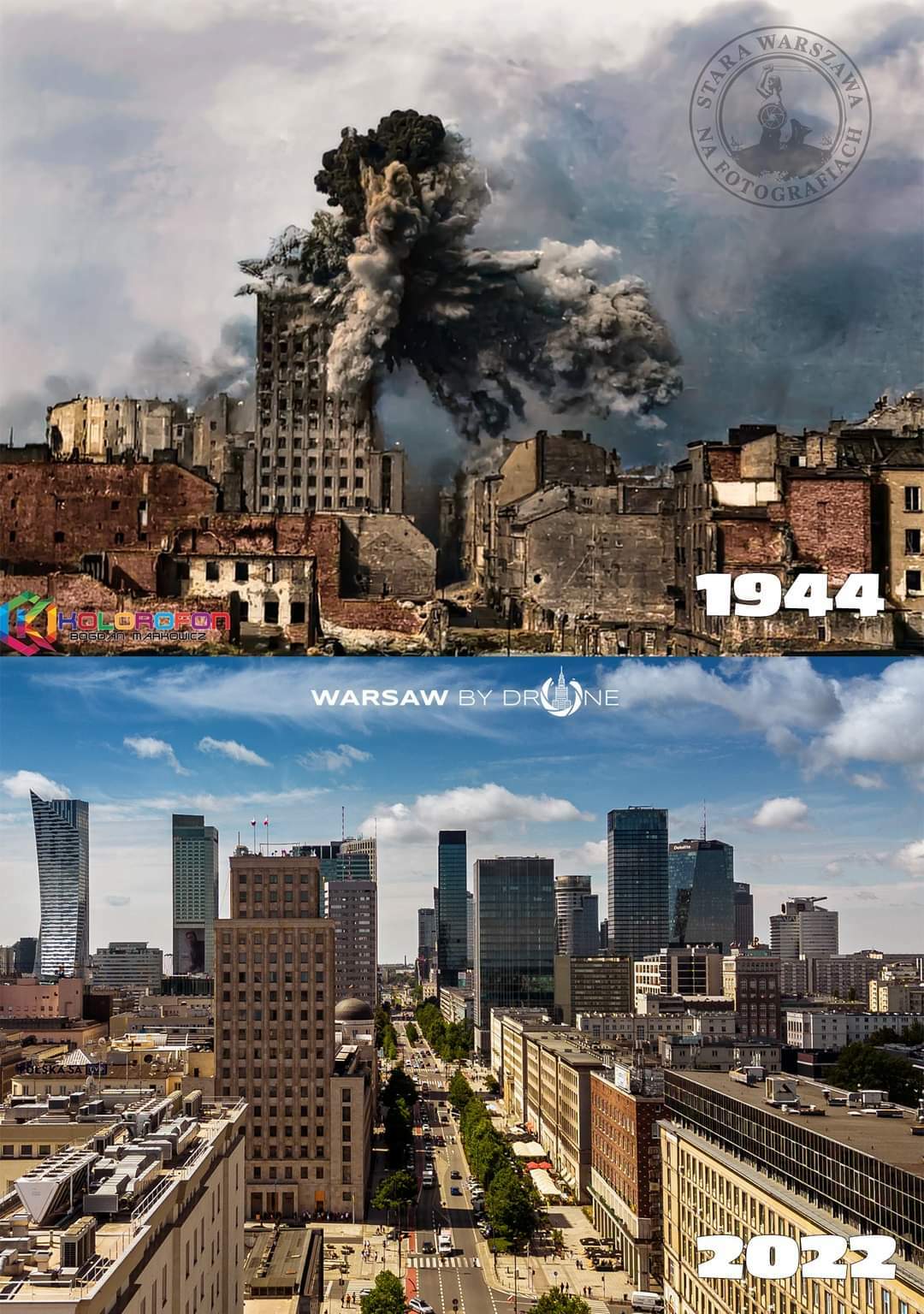
Source
34. Sydney, Australia – 1932 Vs. 2022
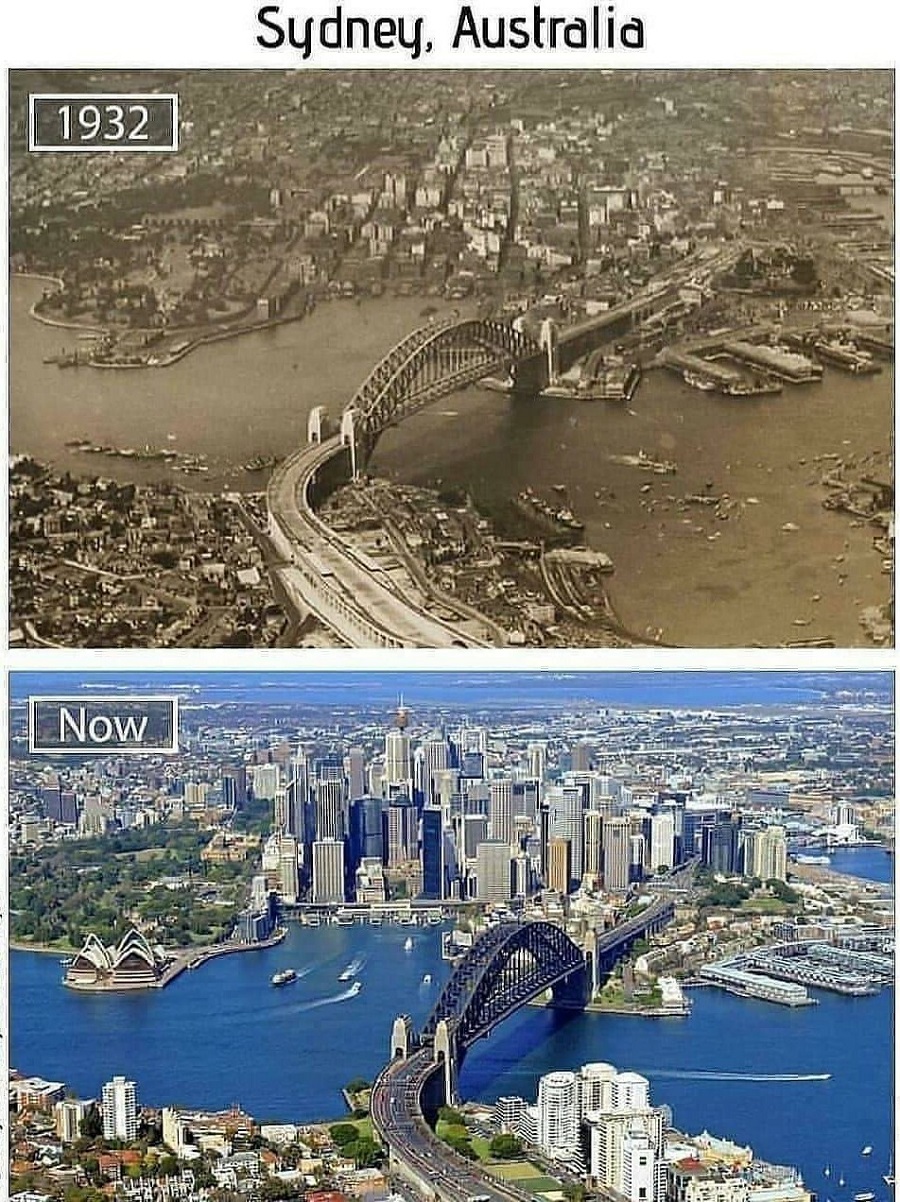
Source
35. Van Gogh In Arles 1888 And Locations Now
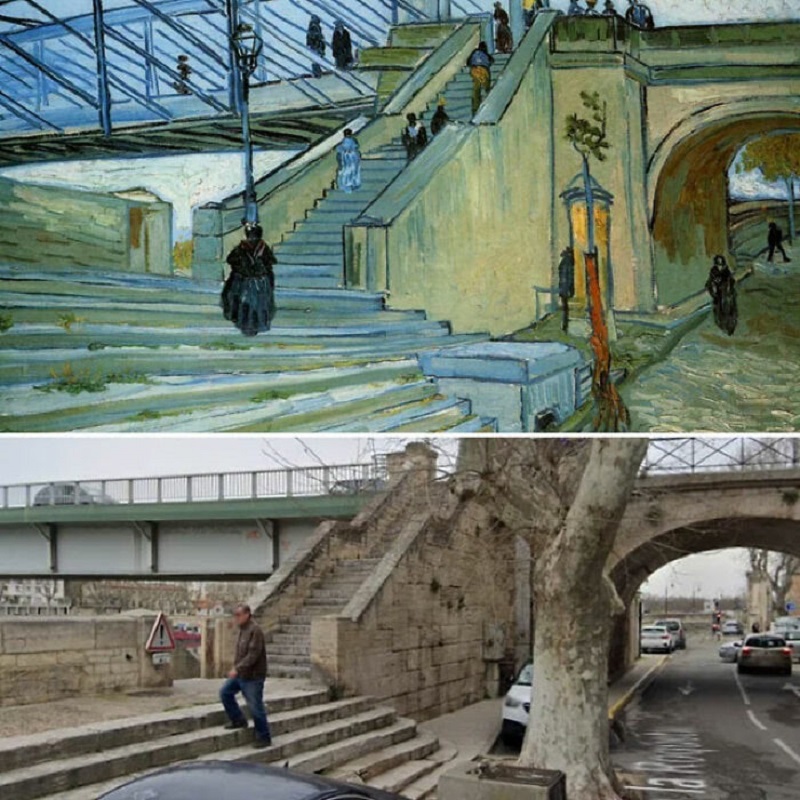
Source
36. Intersection Of Beaufait And Darby Avenues, Porter Ranch, San Fernando Valley, Los Angeles – From A Scene In “E.t.” In 1982 And 2022
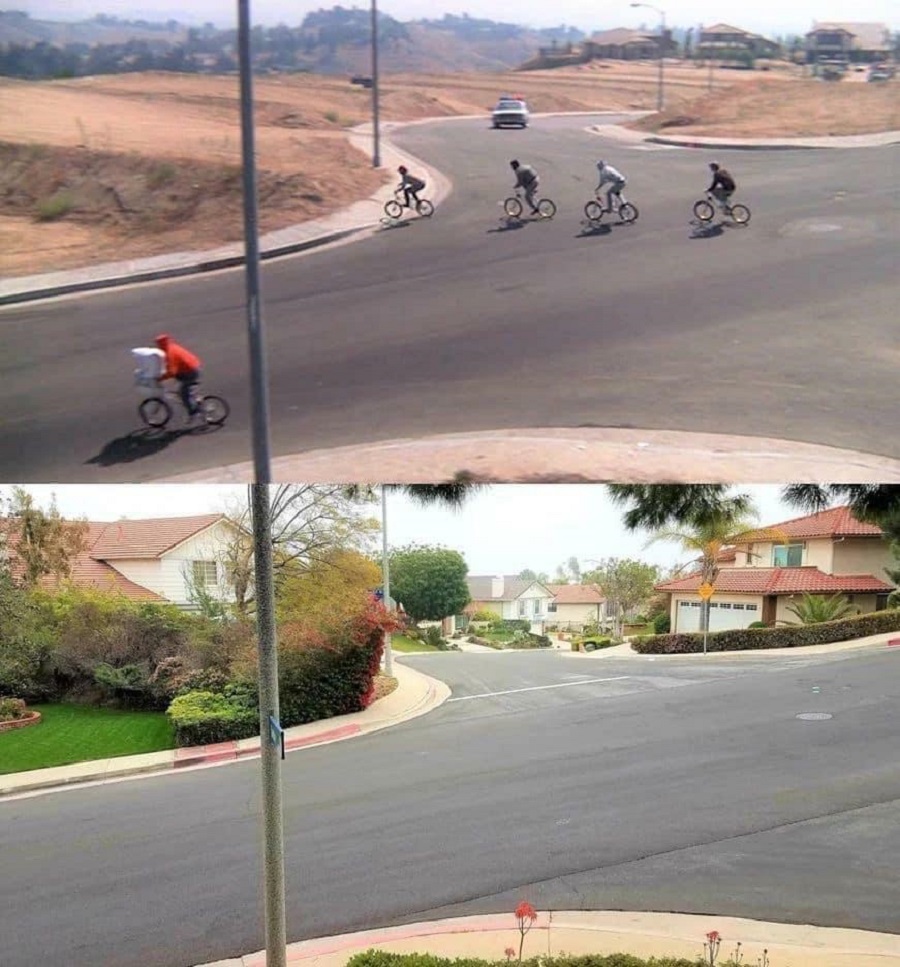
Source
37. Statue Of Liberty Under Construction In Paris, Circa 1882. Photo Composite By Julian Knez
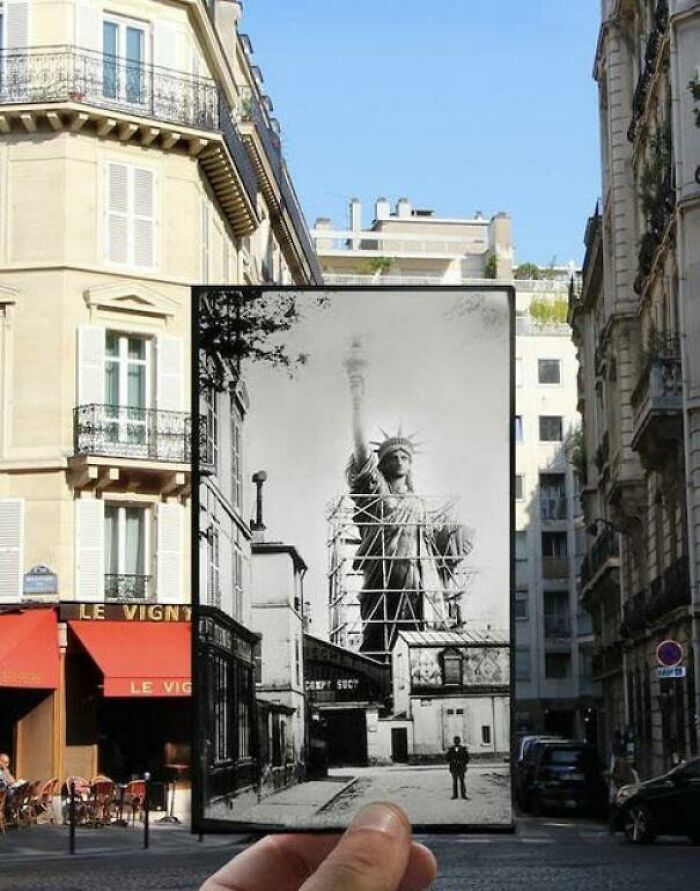
Source
38. A Whole City Submersed In Itá – Brazil (1985 – 2020)
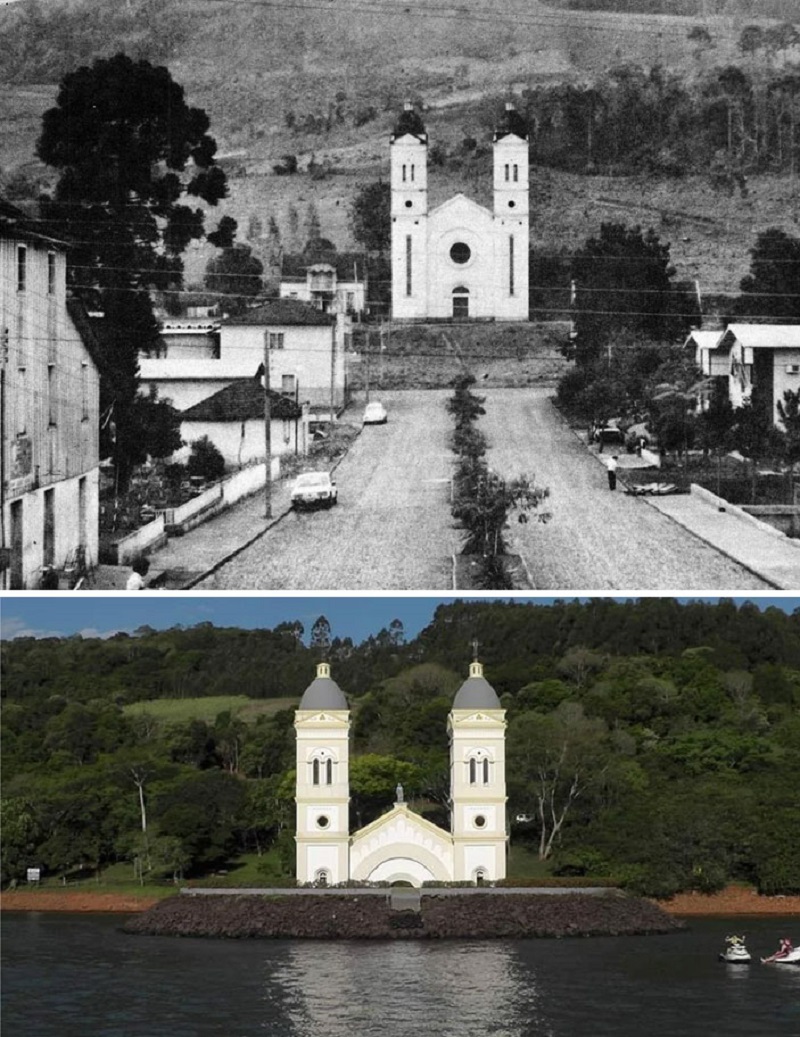
Source
39. Pripyat – Ukraine – 1986 2016
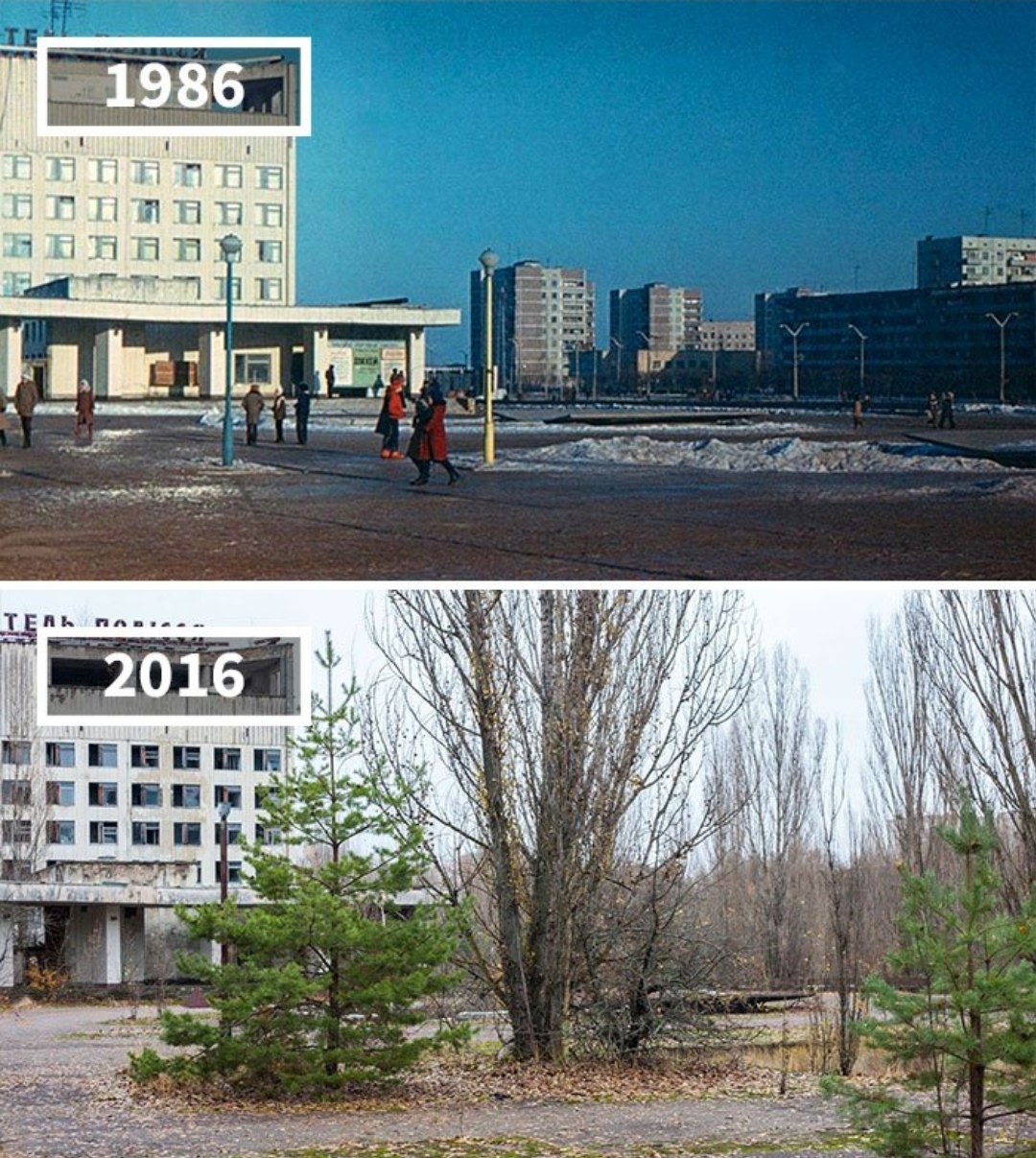
Source
40. Acropolis Of Athens (Greece) 1670-1860s-2021
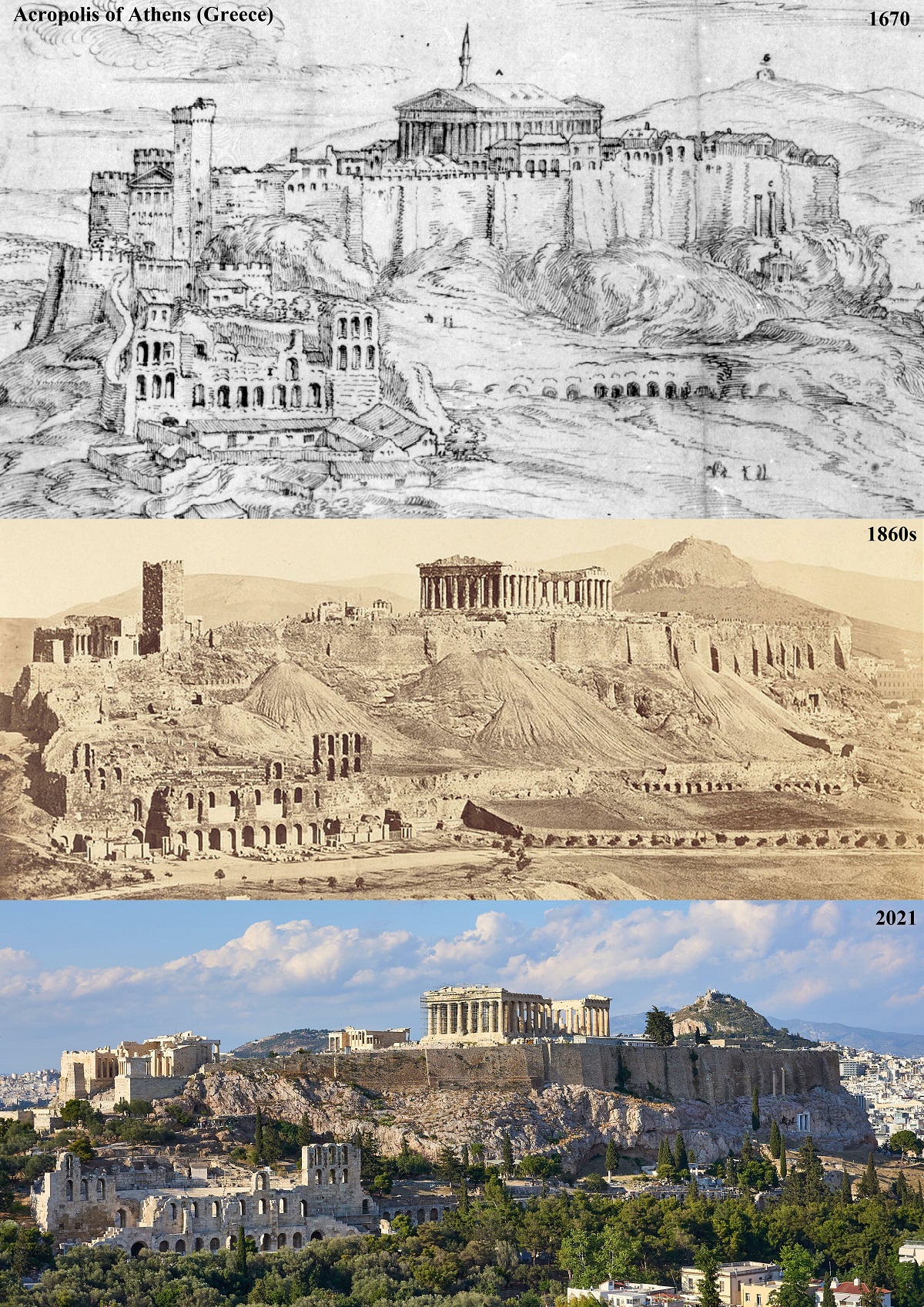
Source
41. The Boyle Hotel In Los Angeles Has Undergone A $24.6 Million Renovation
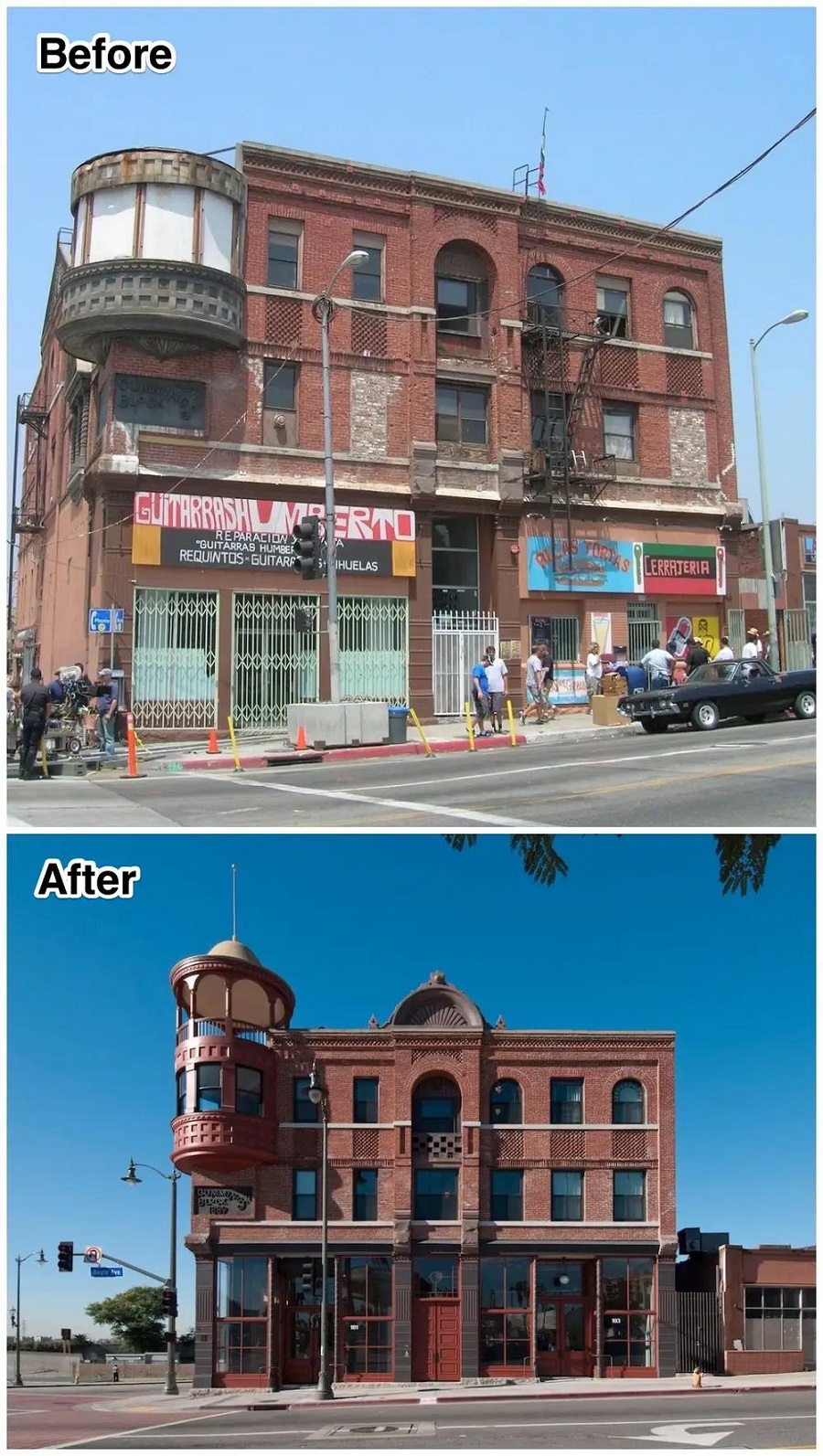
Source
42. Ouro Preto, Brazil – Then And Now Photos

Source
43. An Elephant Protecting Its Herd, Charges And Derails A Train (128 Years Ago Today)
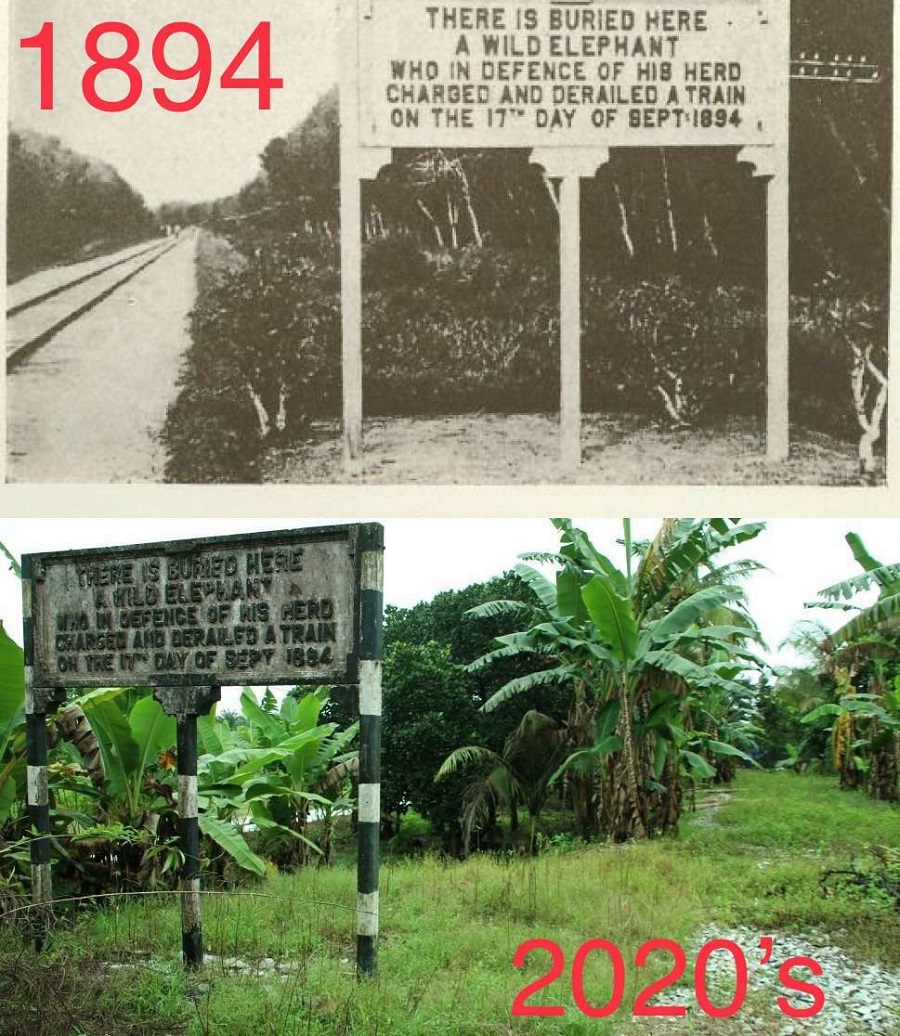
Source
44. Allen House, San Diego, California. One Of The Earliest Examples Of Modernism/Minimalism In Architecture. 1907 And 2014
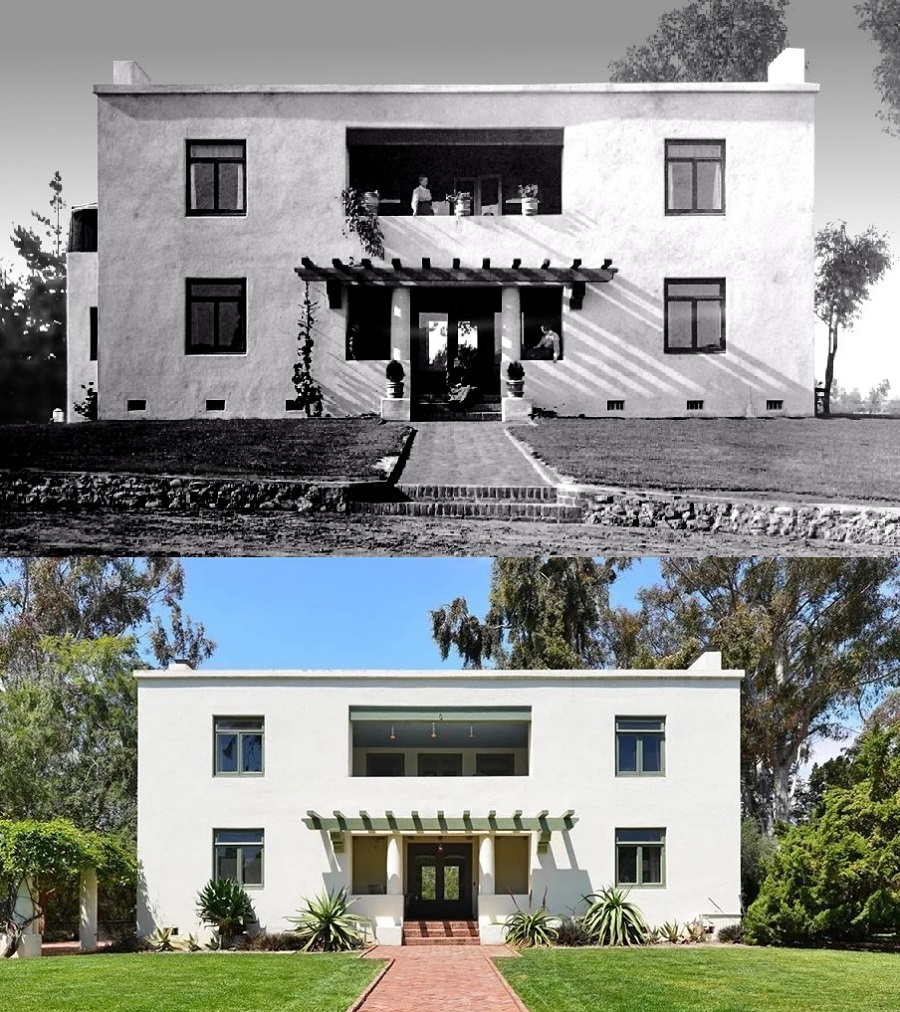
Source
45. Looking North On The East Side Of 5th Avenue From East 34th St In Midtown Manhattan, New York. (1910’s vs. Today)
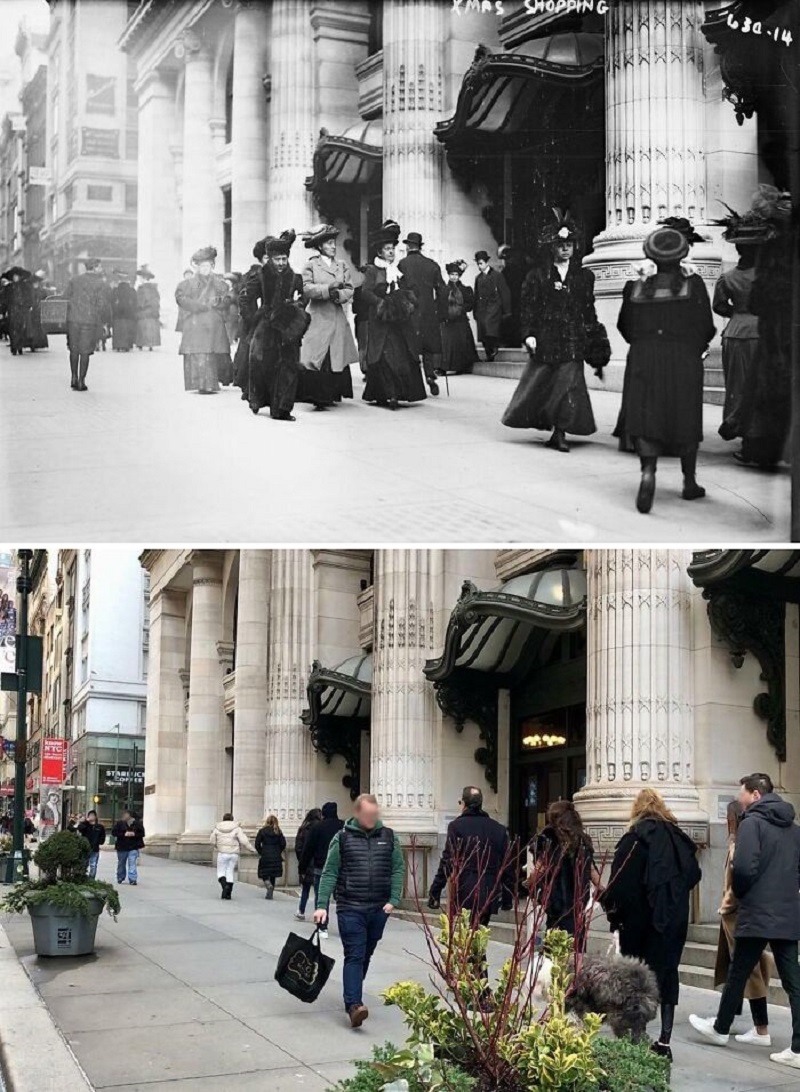
Source
46. Monaco In To Catch A Thief In 1955 And 2021
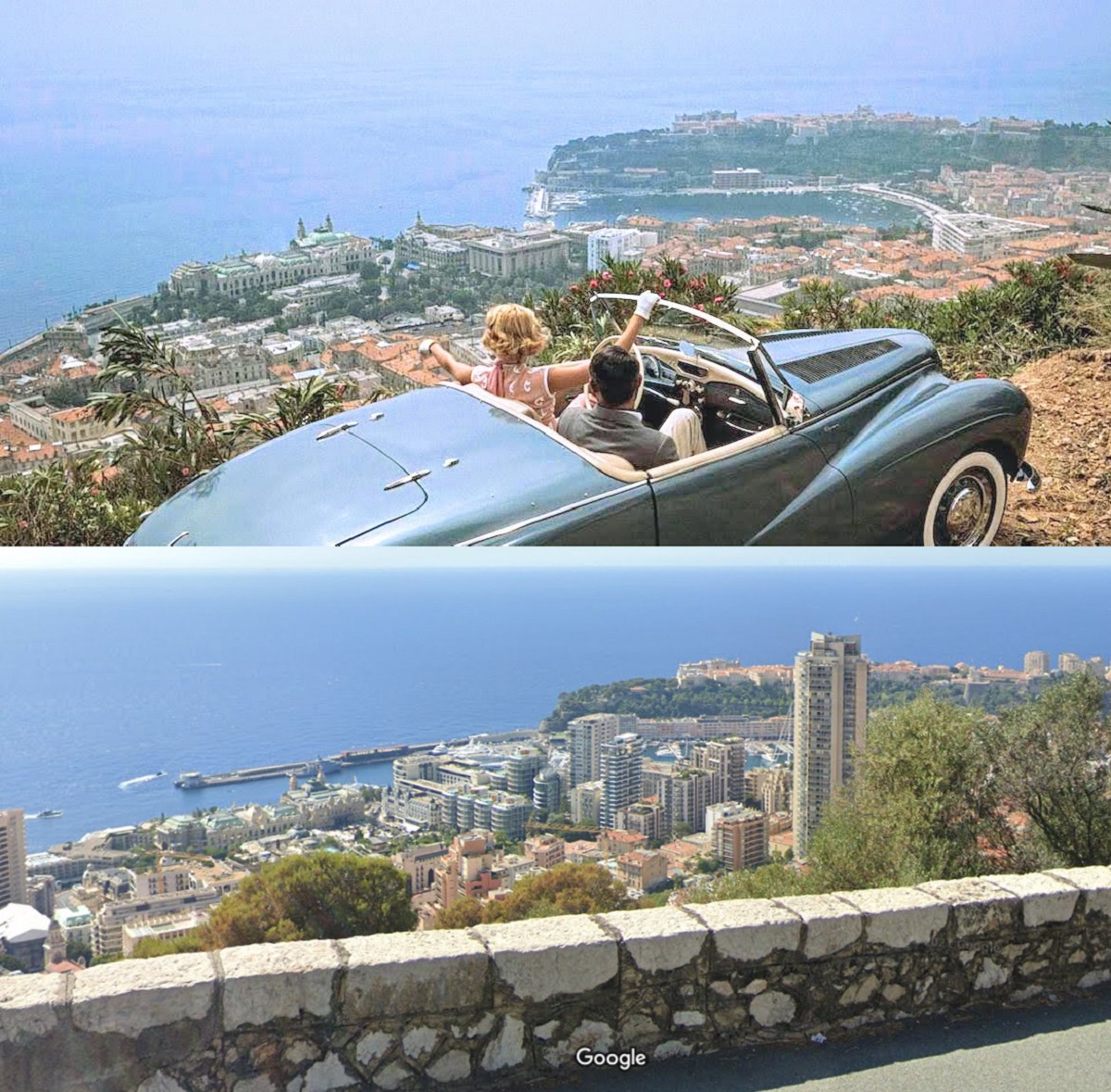
Source
47. Kedarnath Temple, Rudraprayag, Uttarakhand, India. Photos From 1882 And 2022
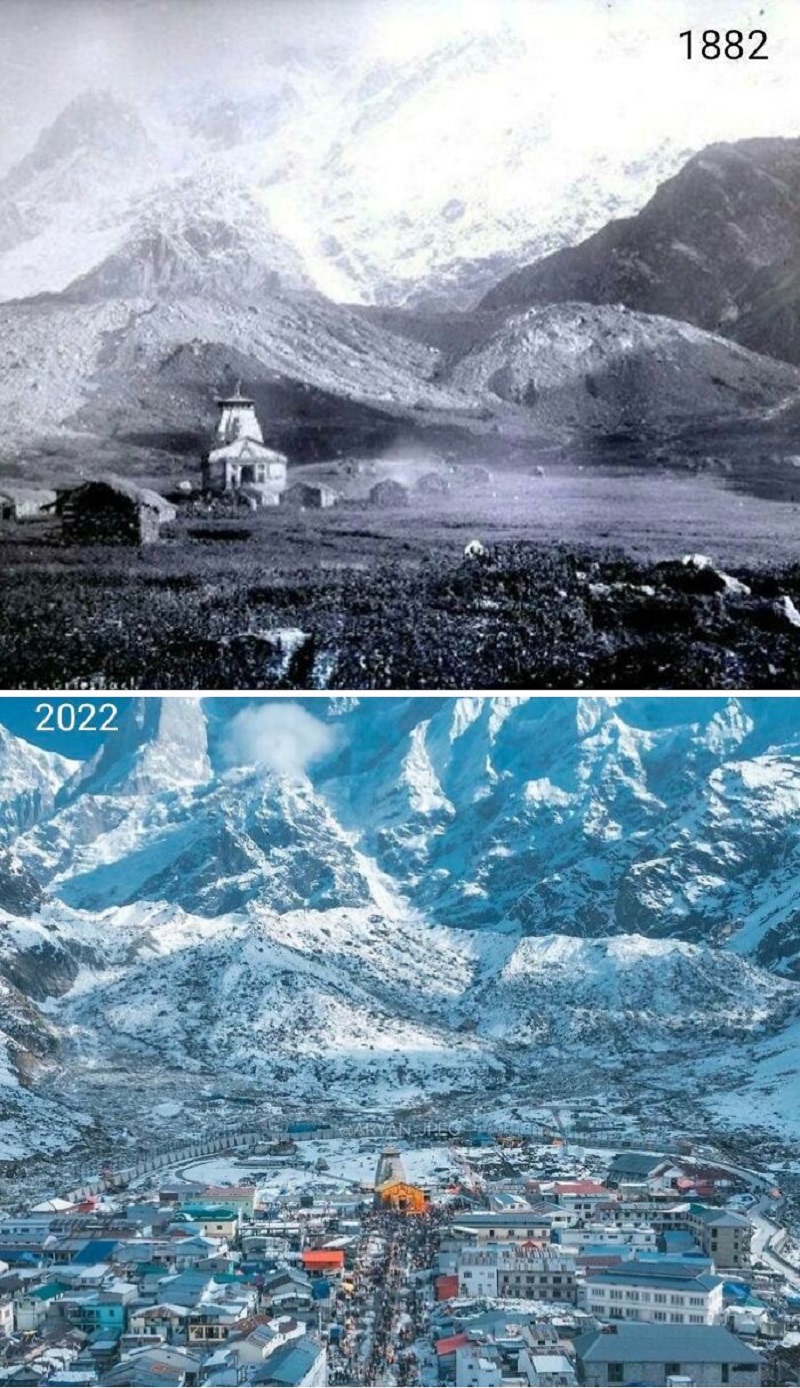
Source
48. 1901 Mail Coach At The Alice Springs Telegraph Station 2019
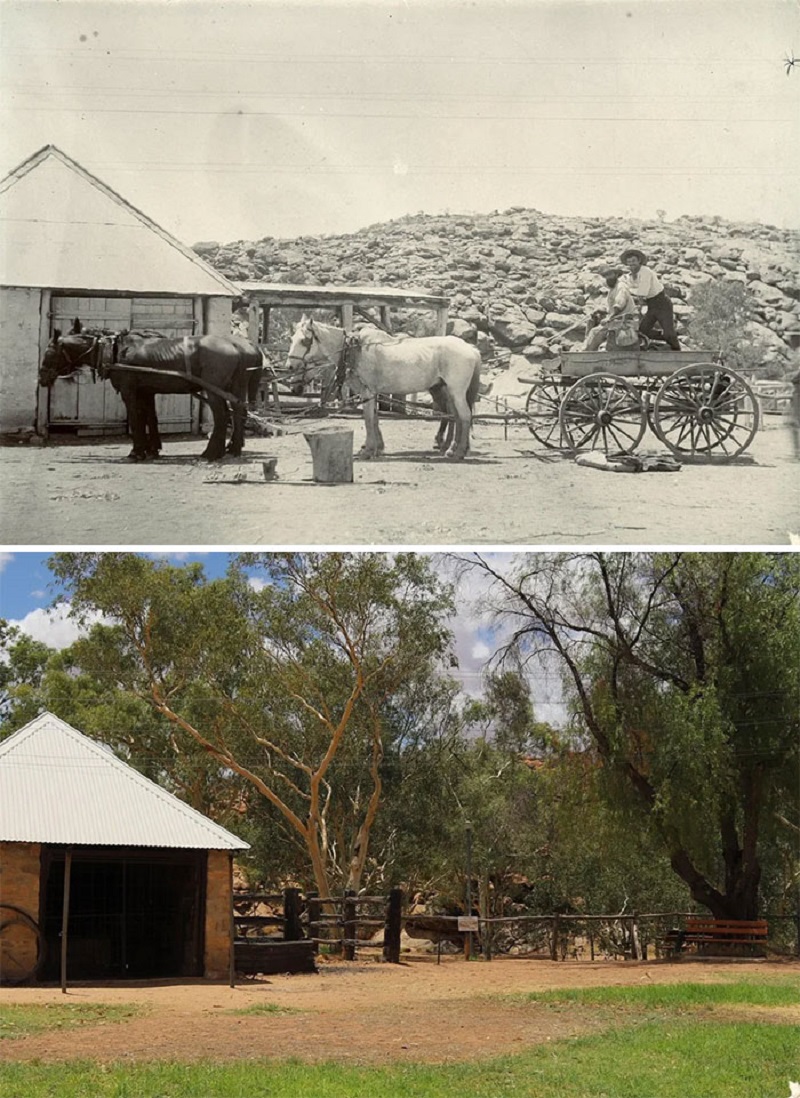
Source
49. Ann Arbor 1964 & 2019
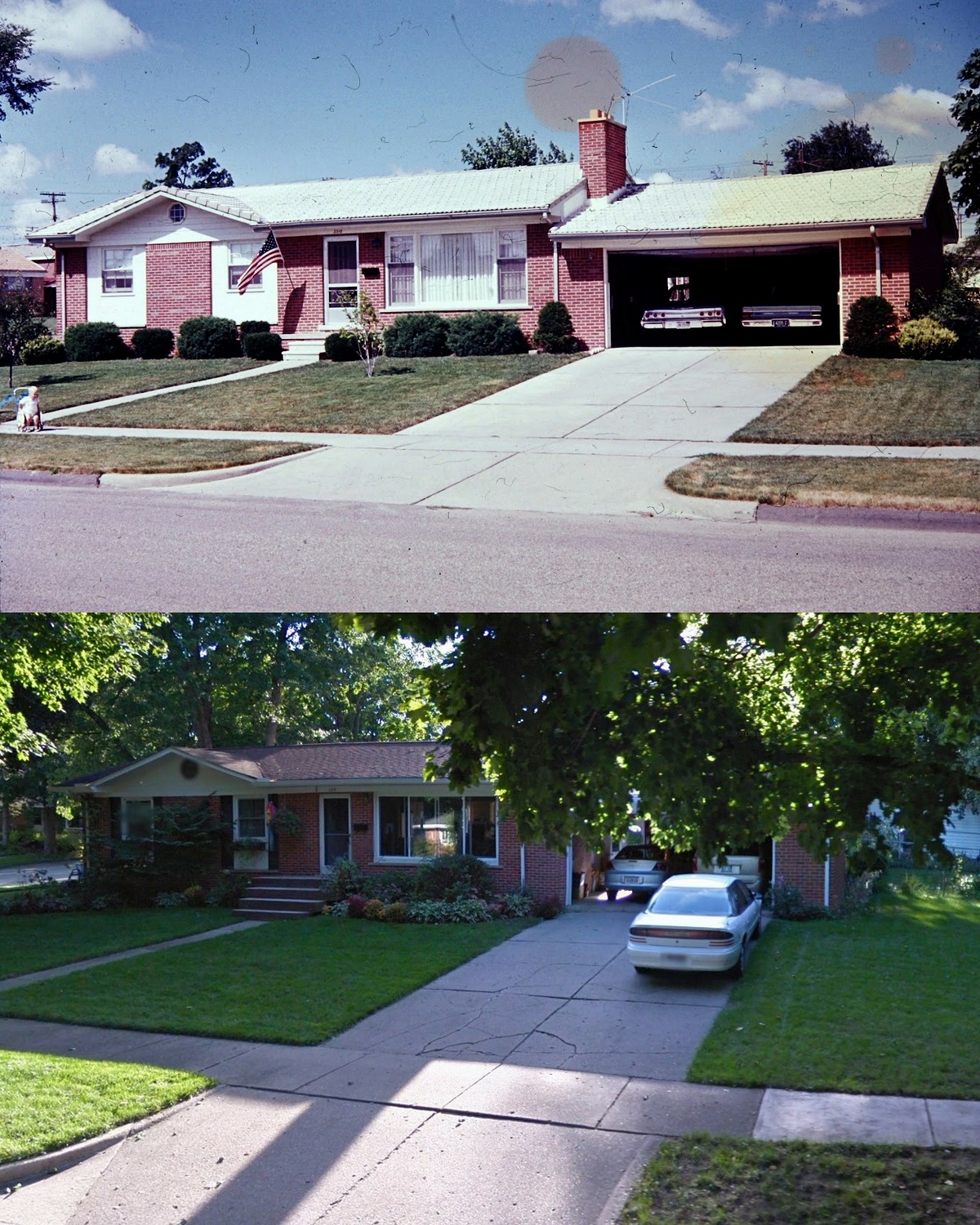
Source
50. Harlem 30 Years Ago And Now
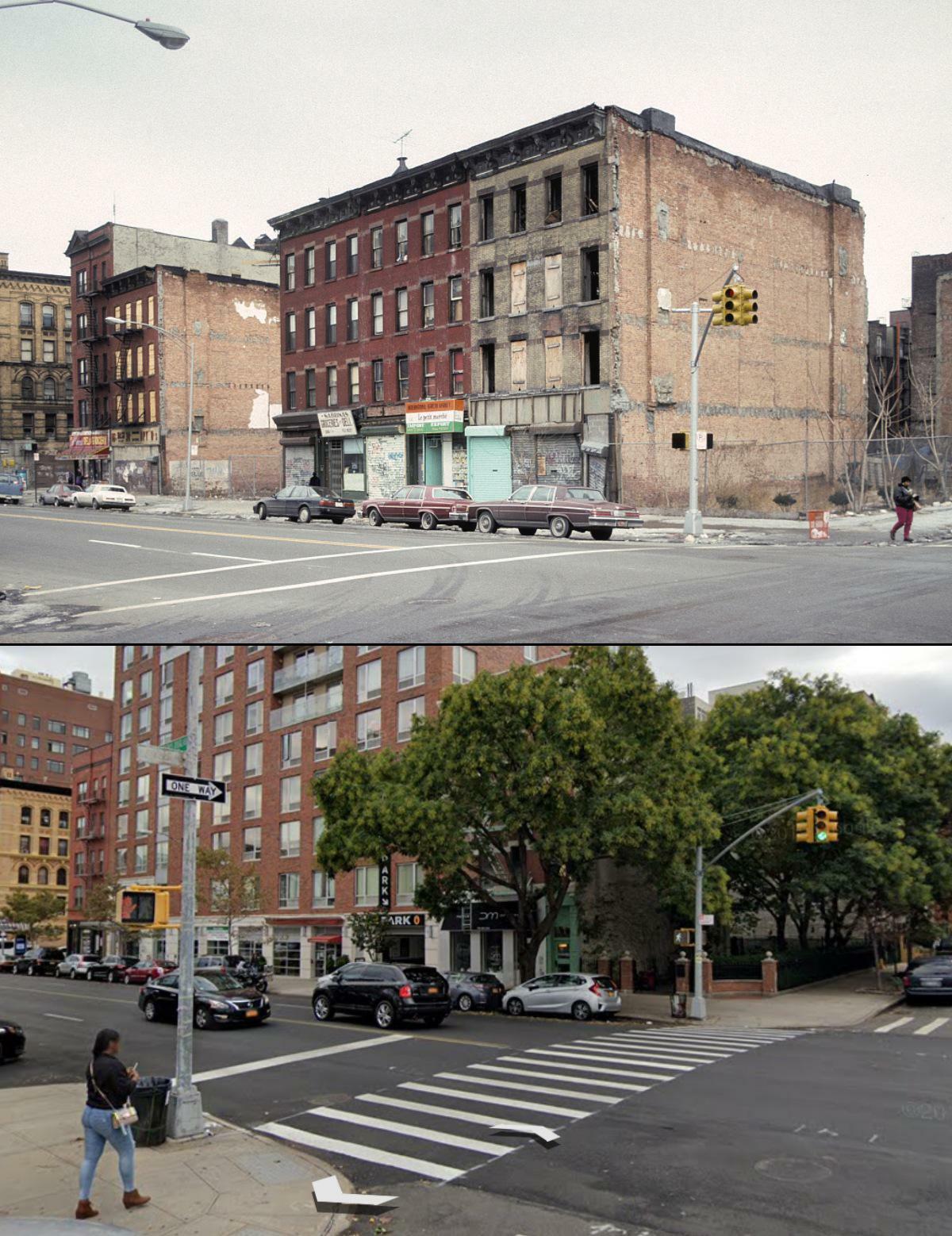
Source
Recommended Videos
 10 Of The Worst Wedding Ideas Ever430 views
10 Of The Worst Wedding Ideas Ever430 views Let Me Show You In These 31 Pictures How Ecuador, Though Very Small, Hosts A Vast And Unique Array Of Exotic Wildlife74 views
Let Me Show You In These 31 Pictures How Ecuador, Though Very Small, Hosts A Vast And Unique Array Of Exotic Wildlife74 views-
Advertisements
 The Red-Crested Cardinal: A Vibrant Symbol of South America’s Avian Beauty140 views
The Red-Crested Cardinal: A Vibrant Symbol of South America’s Avian Beauty140 views Golden-crowned Kinglet (Regulus satrapa)451 views
Golden-crowned Kinglet (Regulus satrapa)451 views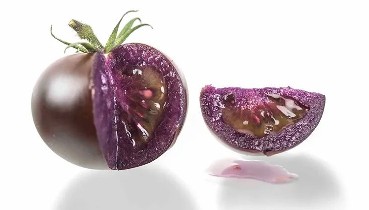 Genetically Modified Purple Tomato Reducing the Impact of Chronic Deseases.72 views
Genetically Modified Purple Tomato Reducing the Impact of Chronic Deseases.72 views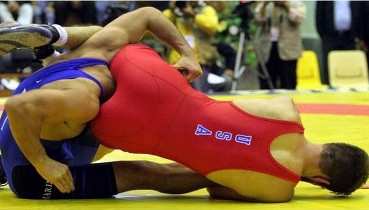 The Most Interesting and Funny Moments That Have Occurred in Sports Competitions208 views
The Most Interesting and Funny Moments That Have Occurred in Sports Competitions208 views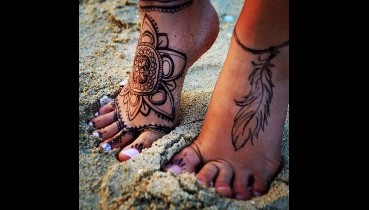 100 Adorable Ankle Tattoo Designs1822 views
100 Adorable Ankle Tattoo Designs1822 views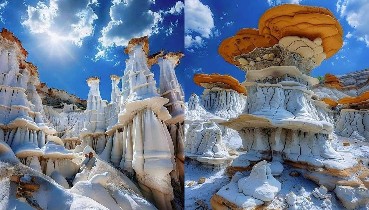 The Valley of Dreams is a natural wonderland located in northwestern New Mexico..192 views
The Valley of Dreams is a natural wonderland located in northwestern New Mexico..192 views
